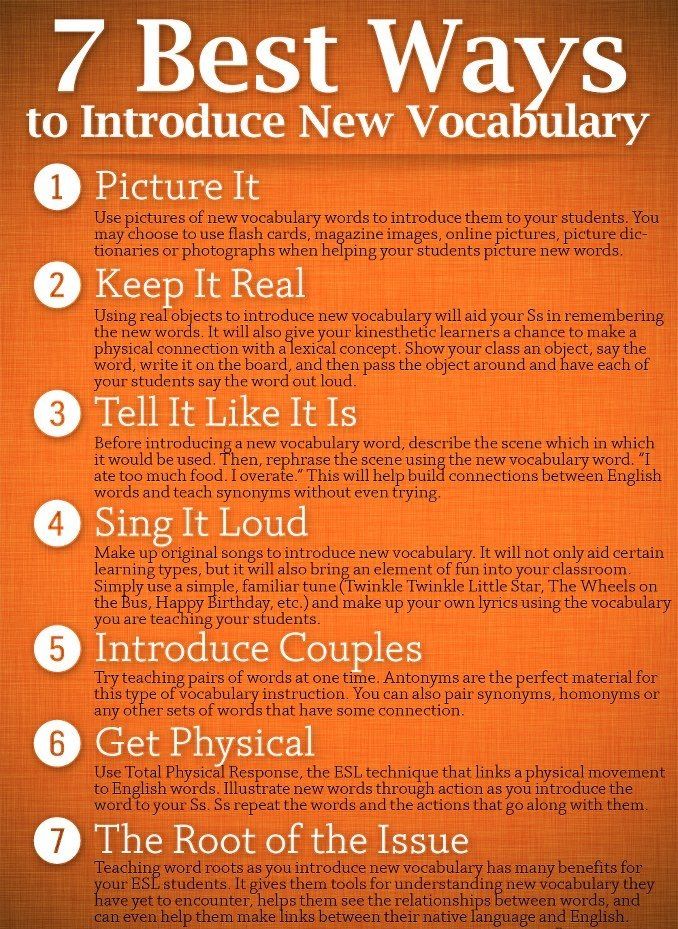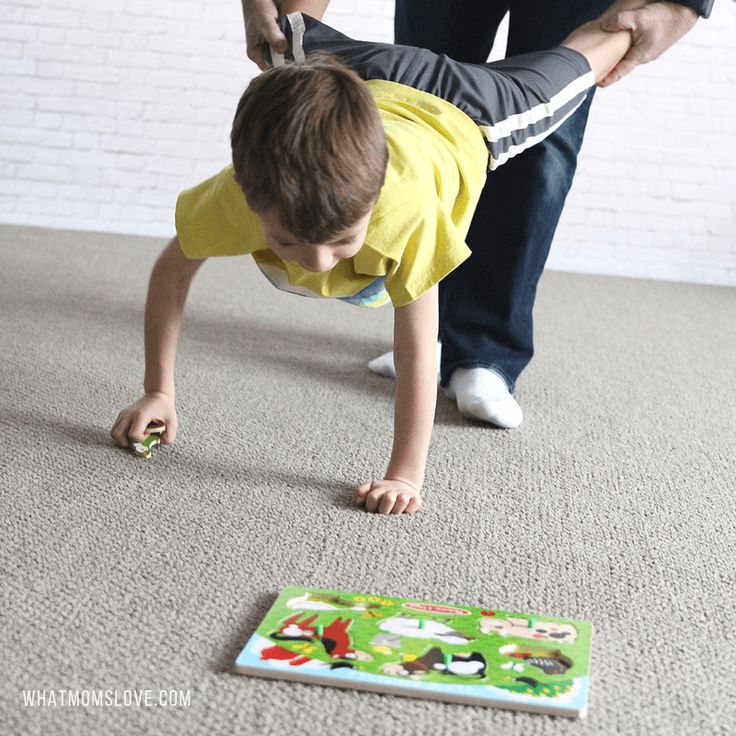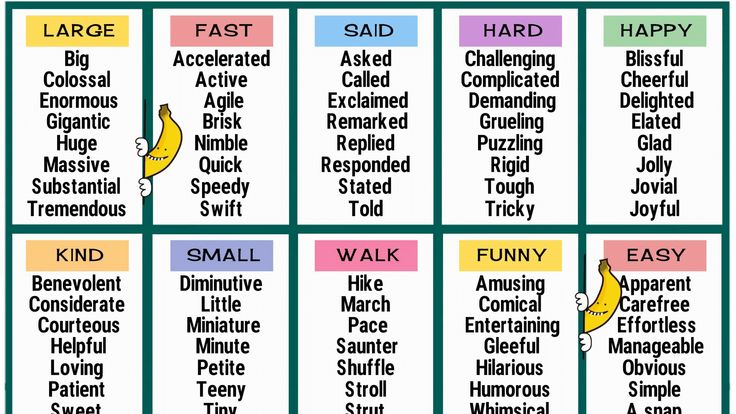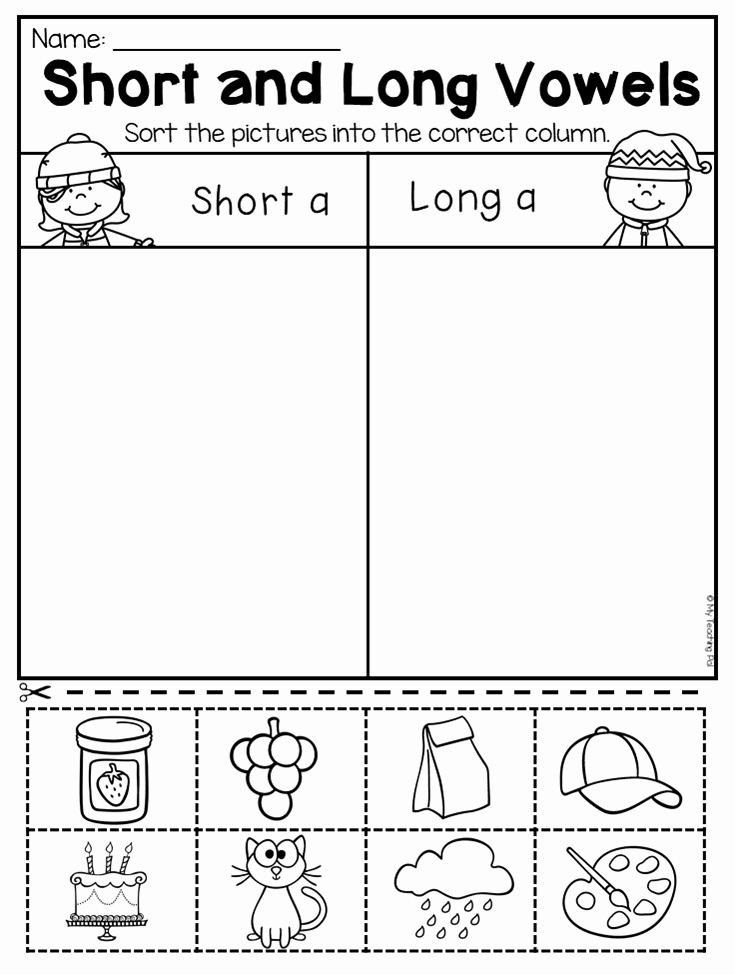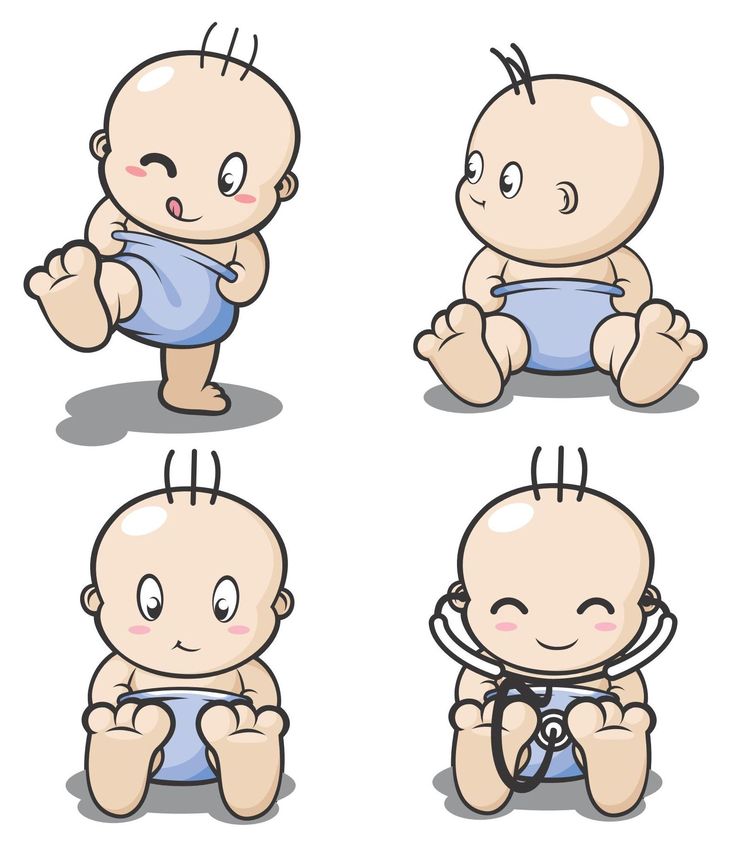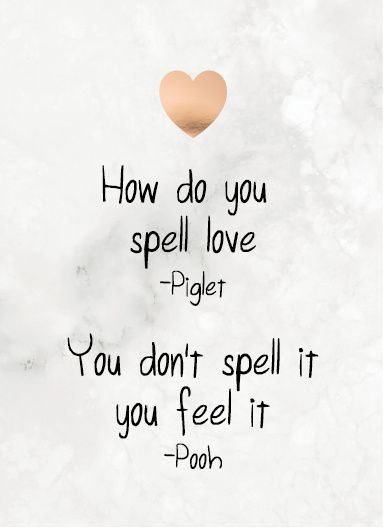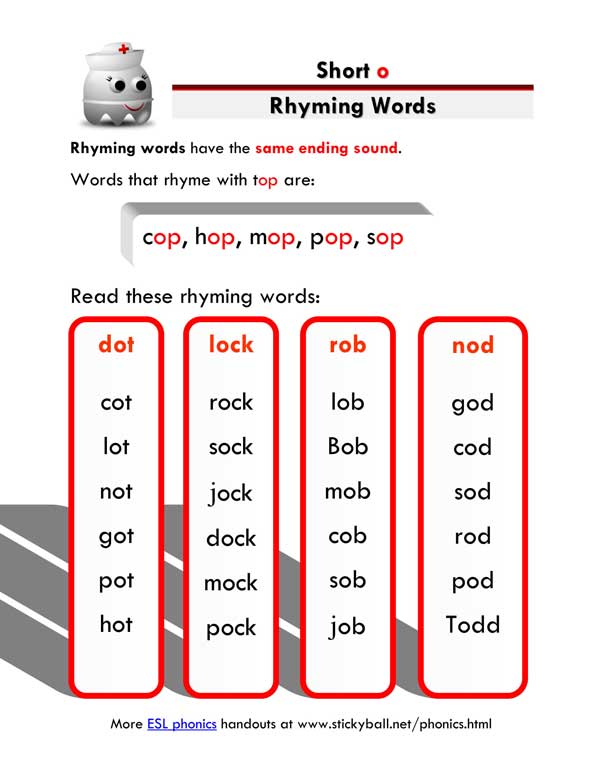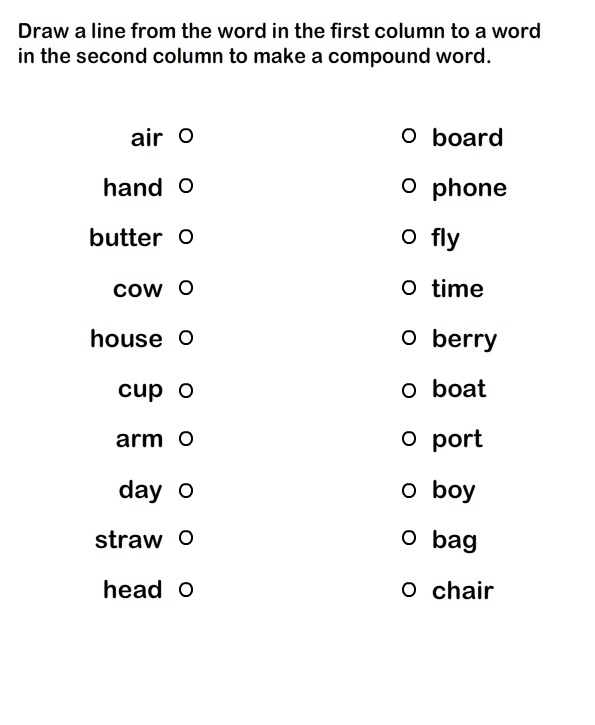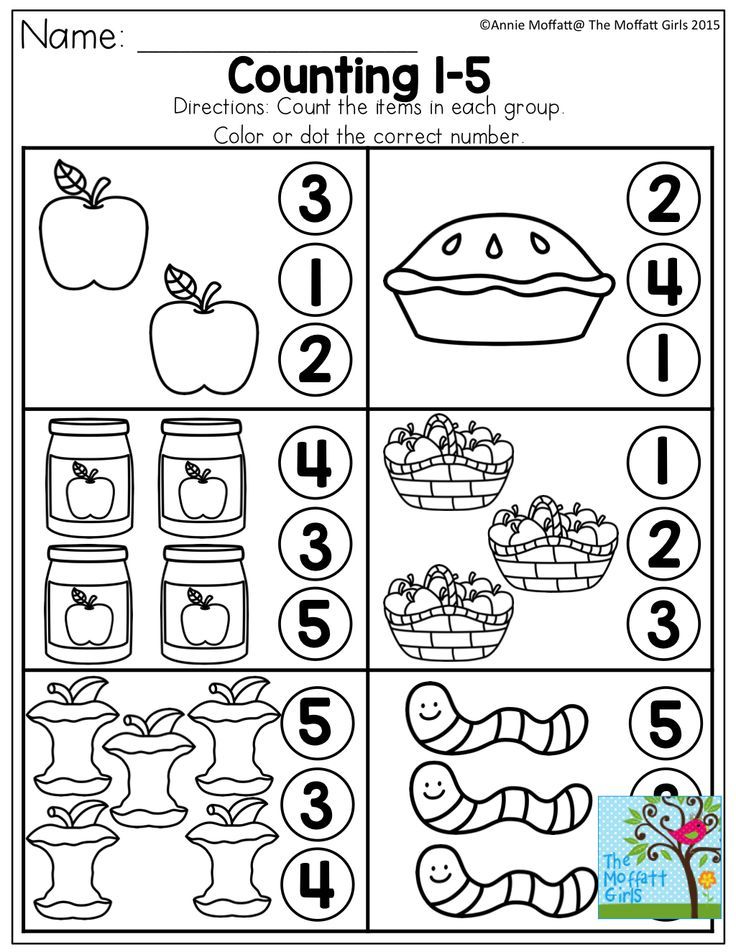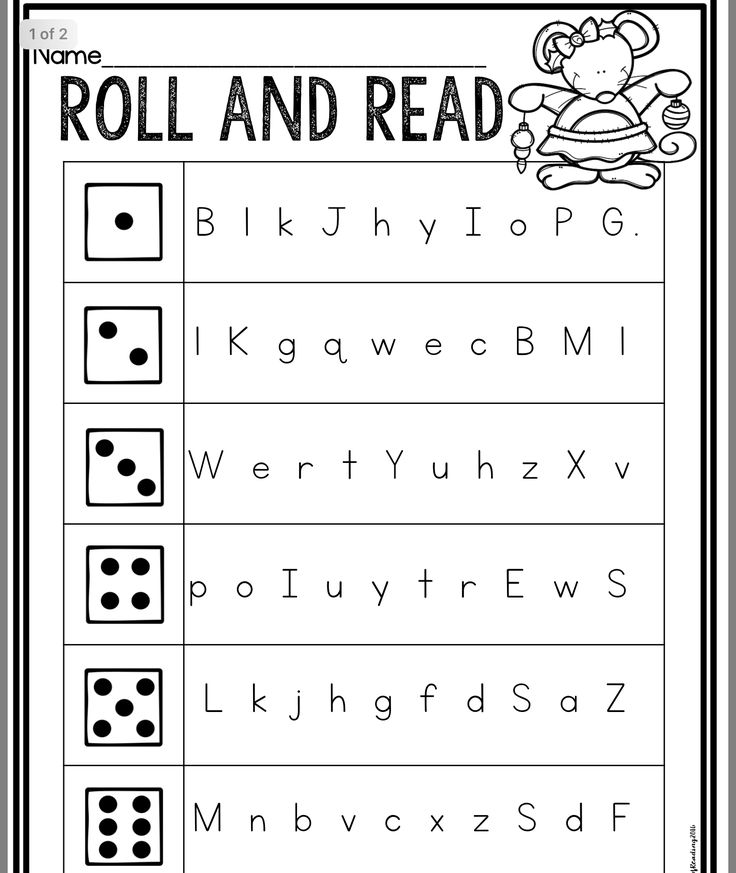Creative way to teach vocabulary
21 Ideas for Teaching Vocabulary in the Classroom
I’m sharing 21 ideas for teaching vocabulary. You may not be able to use all of them, but I hope you can find some ideas that will work well for you!
I’ve shared books about vocabulary instruction, as well as the theory and techniques. This post is a lot more practical. We’re all about ideas today!
I’m sharing the bare bones of the ideas here.
I’m adding lengthier explanations for some of them with more tips and fleshed-out instructions on my website devoted just to vocabulary instruction, VocabularyLuau.
You’ll see that option at the end of the idea if it’s available.
IDEA #1: Semantic Maps
In this activity, the teacher chooses a word and displays it for the class on a whiteboard, etc.
Students read the word and then think of words that come to mind when they see that word (this is awesome because it activates prior learning).
A list is created of all of the words that come to mind, and then those words are categorized.
This can be done as a whole class or in small groups.
Students then create a “map” using a graphic organizer and discuss it. Additional or substitute categories can be suggested.
As students read through the text, they can add related words to the map.
Want more details on this strategy? Get the step-by-step on VocabularyLuau.
IDEA #2: Eye Spy
Give students a list of words to search for in a text or have them find unfamiliar words.
You can award points to the words based on different criteria (longest new word, word with most consonants, etc.).
Invest in a set of inexpensive dollar store magnifying glasses to make this more game-like.
This is a great pre-reading activity.
Want more details on this strategy? Get the step-by-step on VocabularyLuau.
IDEA #3: Making Choices
Students show their understanding of vocabulary by saying the word when it applies, or remaining silent when it doesn’t.
For example: “Say radiant if any of these things would make someone look radiant.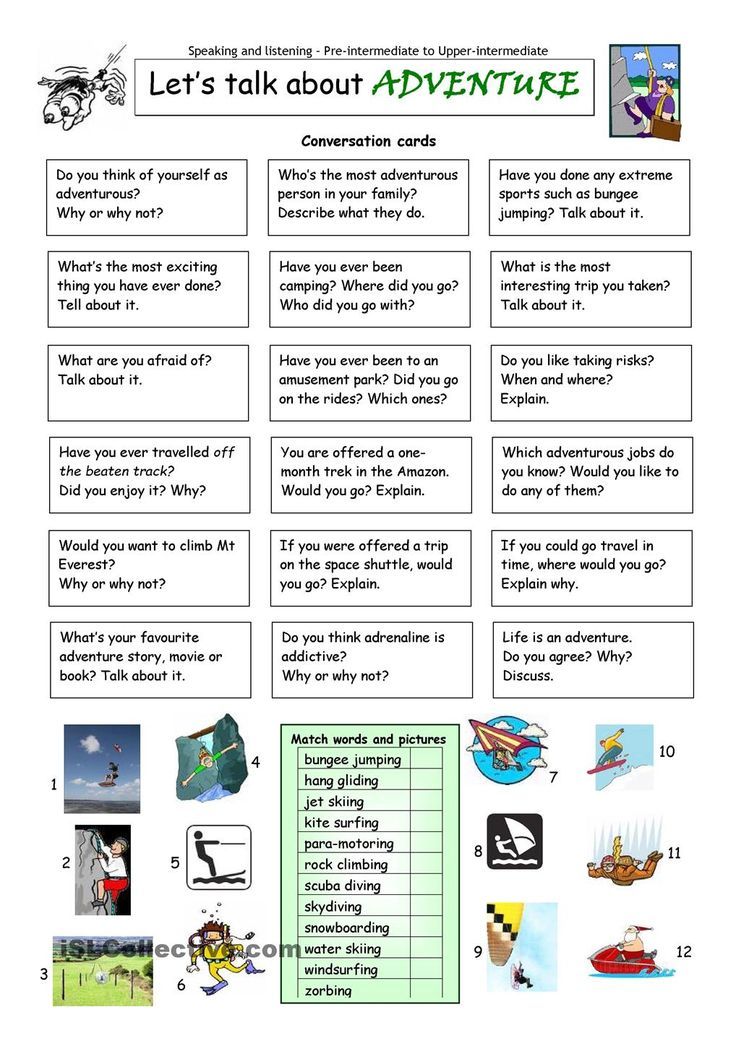 ”
”
-Winning a million dollars.
-Earning a gold medal.
-Walking to the post office.
-Cleaning your room.
-Having a picture you painted hung in the school library.
(This idea is from the book Bringing Words to Life, recommended in the books section.)
This is one of the key strategies teachers need in introducing new vocabulary. Because of that, I’ve written extensively and given a dozen examples from different texts for Kinder through 12th grade on VocabularyLuau.
IDEA #4: Sorting Hat
Use a Harry Potter theme to have students sort words into categories. They can pull them out of a hat.
If you give them the categories, it’s called a “closed sort.” If they come up with their own categories, it’s called “open sort.”
This one is so, so fun. I explain lots more about how to do it on VocabularyLuau.
IDEA #5: Word Pairs
Give students words in pairs and have them evaluate if the words are the same, opposite, go together, or are unrelated.
This strategy is terrific for building critical thinking skills along with the vocabulary.
Get even more details and variations at VocabularyLuau.
(adapted from Word Power: What Every Educator Needs to Know about Teaching Vocabulary)
IDEA #6: Linear Array
In this strategy, students use a graphic organizer that is a rectangle, three ovals, and then another rectangle, all in a line.
The word in question goes in the rectangle on the far left.
The rectangle on the far right is filled in with a word that is the opposite.
The center three ovals are filled in with words that go from the far left to the far right, gradually become less similar until they reach the opposite.
For example, microscopic, tiny, small, bigger, large.
You can see examples of the graphic organizer, more details, and lots of variations on VocabularyLuau.
(adapted from Words, Words, Words: Teaching Vocabulary in Grades 4 – 12)
IDEA #7: Games
Many “real” games work well for vocab play and practice.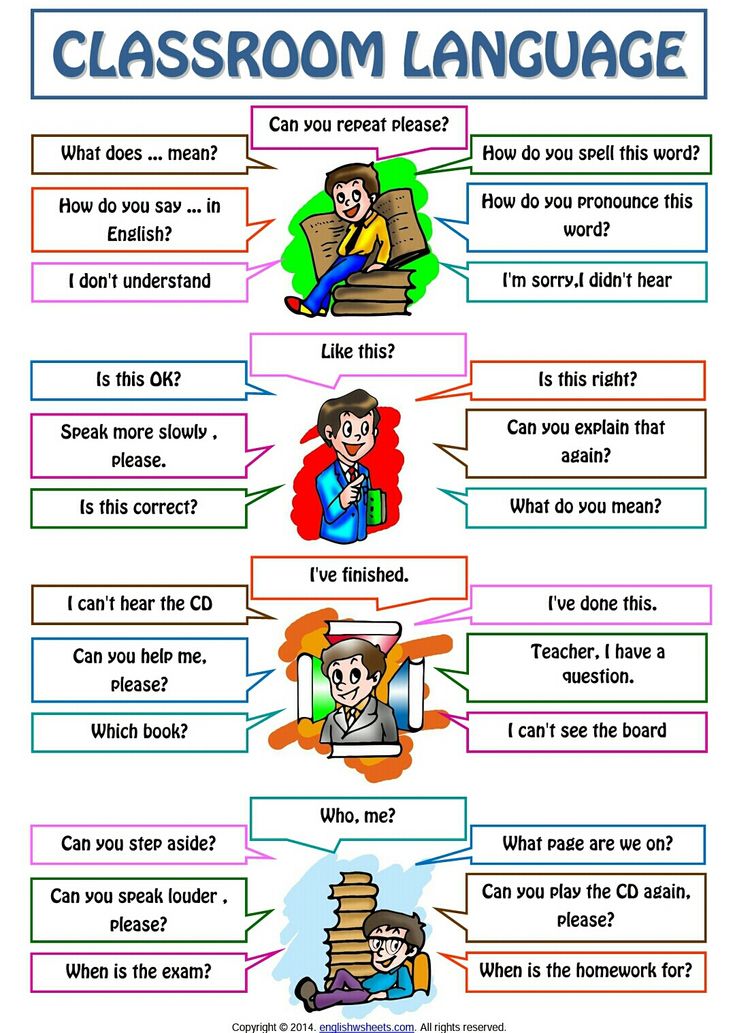 Games such as Balderdash, Taboo, Scrabble, Blurt, Bananagrams, word bingo, and others are fun.
Games such as Balderdash, Taboo, Scrabble, Blurt, Bananagrams, word bingo, and others are fun.
There are online games as well, such as Scholastic’s Synonym Toast.
[Note: I am a notoriously horrible Scrabble player, and every time I play I think, “English teachers should be better at this.” It’s not my favorite.]
IDEA #8: Scavenger Hunt
Have a word scavenger hunt in books, magazines, articles on the net, or in the school or home.
Don’t just go for numbers; go for unusual words, academic vocabulary, weird spellings, homophones, etc.
Want more details on this strategy? Get the step-by-step on VocabularyLuau.
IDEA #9: Word Wheel
Copy and paste this image onto a sheet of cardstock and make a vocab spinner game. EisforExplore shares the whole idea here.
Want more details on this strategy? Get the step-by-step on VocabularyLuau.
IDEA #10: Vocabulary Photo Album
Using a simple, inexpensive photo album, students create a visual glossary of key words.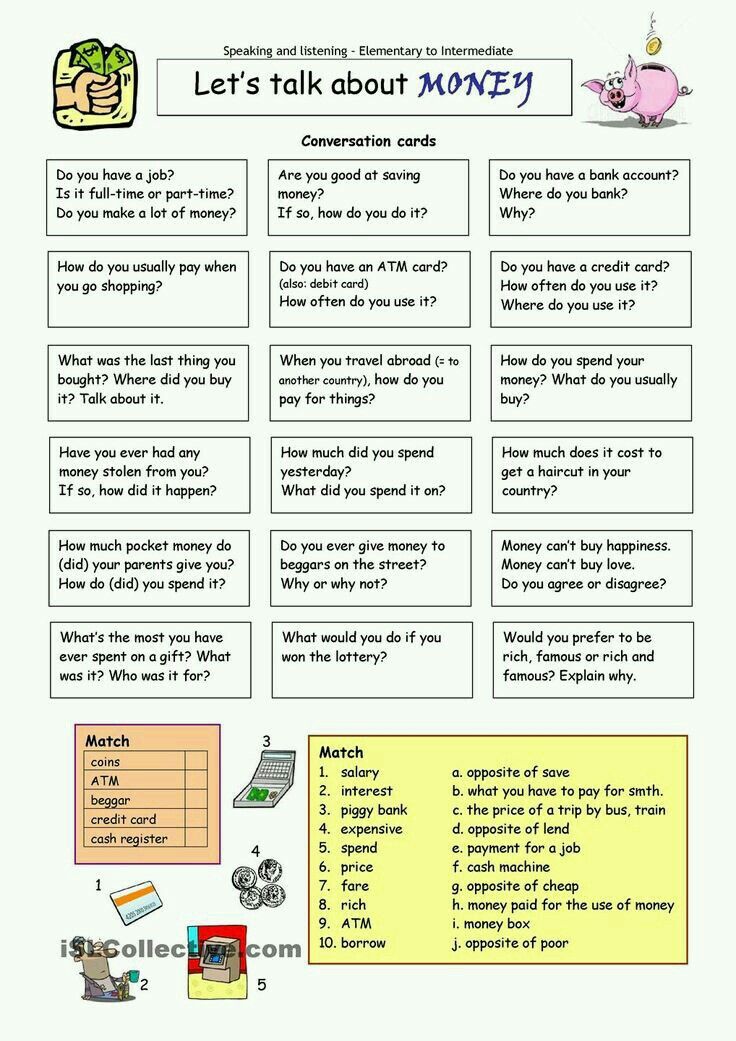
I’ve got pictures of examples, details, and more ideas at VocabularyLuau, if you’d like to read more.
IDEA #11: Tally
Use tally marks to track words you’re trying to practice.
Mark whenever the teacher says the word in context, and mark twice when a student does.
Alternatively, you can have the tally marks be even, but play the teacher versus the class.
There’s so much more to this strategy. Learn more about how tally marks can help you teach vocabulary at VocabularyLuau.
IDEA #12: Vocabulary Relay
Print out words on one set of cards (copy this set a few times) and definitions, context, or sentences in which they could be used (fill-in-the-blank) on another set (just one set).
Jumble up the words in a pile in the middle of the floor, and jumble up the definitions, context, and sentences to keep with you. Break students into teams of five-ish.
Call out the definition/context/sentence and give students some think time (8 – 10 seconds) to talk about what word it might be.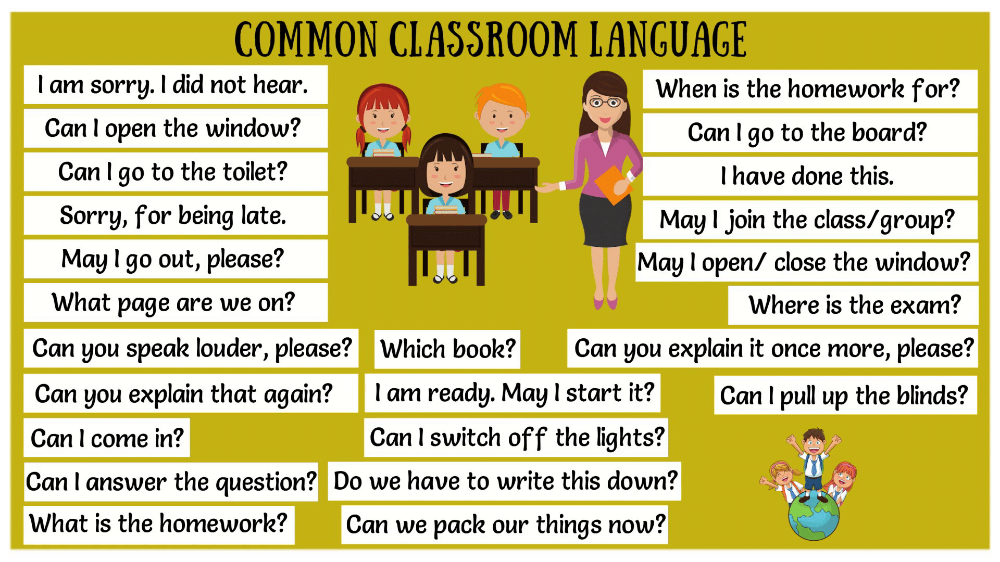
After the discussion time, call out “Word!” One member from each team runs to the center and tries to find the word in the pile.
I like having multiple sets of the words so more than one team can get it.
Check to make sure they’re correct, and then discuss it briefly before the next round.
Note: I got this idea from another teacher’s site, but I cannot for the life of me remember where. I have searched Google for it, and can’t find it. A small prize to the person who can figure out the originator of the idea!
I’ve written quite a bit about it here, but I’ve written more (and have lots of pictures of it in play) at VocabularyLuau.
IDEA #13: Vocabulary Category Relay
This is a different relay activity than the one above, even though the names are so similar.
In this version, teams of students race to fill in words responsive to a category that start with the letters of the alphabet in order.
This can be done individually, in groups, or even as a whole class. It’s also a good one for both digital and in-person instruction.
It’s also a good one for both digital and in-person instruction.
When I wrote about it on VocabularyLuau, I shared these score sheets for digital use, as well as printable versions.
IDEA #13: Comic Strip Word Activity
I got the idea for using comic strips from This Reading Mama.
In some ways, it’s really a modified Frayer model.
I loved it so much that I started making them like crazy. It turns out that they let me get a clear glimpse into how well the students had mastered the word.
I have an entire article about this, filled with loads of ideas and resources at VocabularyLuau.
You can check out that article here (or click the image below).
IDEA #14: Paper Plate Vocab
I love this inexpensive matching game from Finding Joy in Fifth Grade, and I think students could create it themselves.
IDEA #15: Heads Up Vocabulary Game
Students hold a word on a card in front of their foreheads. The students don’t know what words they have.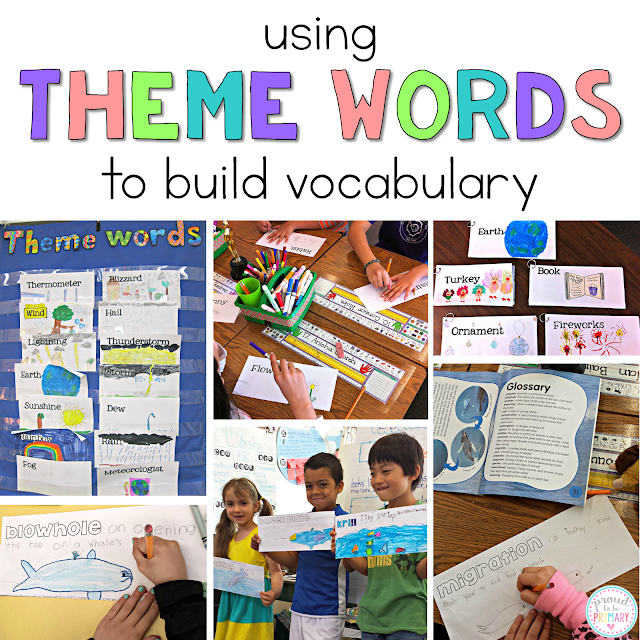
Students ask each other a series of questions to determine the meaning of their word. Or, students can give students clues to the person with the word to help that person guess the word.
This is a review activity, and it’s not for initial instruction.
It’s such a favorite that I wrote a very comprehensive article about it on VocabularyLuau. There’s even a hack for printing on Post-it notes!
IDEA #16: Word Sneak
Word Sneak is a game invented by Jimmy Fallon that he plays with guests on the Tonight Show.
In the game, Jimmy and the guest each get a stack of cards with words on them that they have to work into the conversation naturally (without sounding forced or stilted).
It’s hysterical to watch and fun to play.
It’s also a great way to learn different ways to approach a word.
It’s so much fun that when I wrote the article about in on VocabularyLuau, I also included a Tonight Show backdrop you can use in class to give it an even more “real” feel.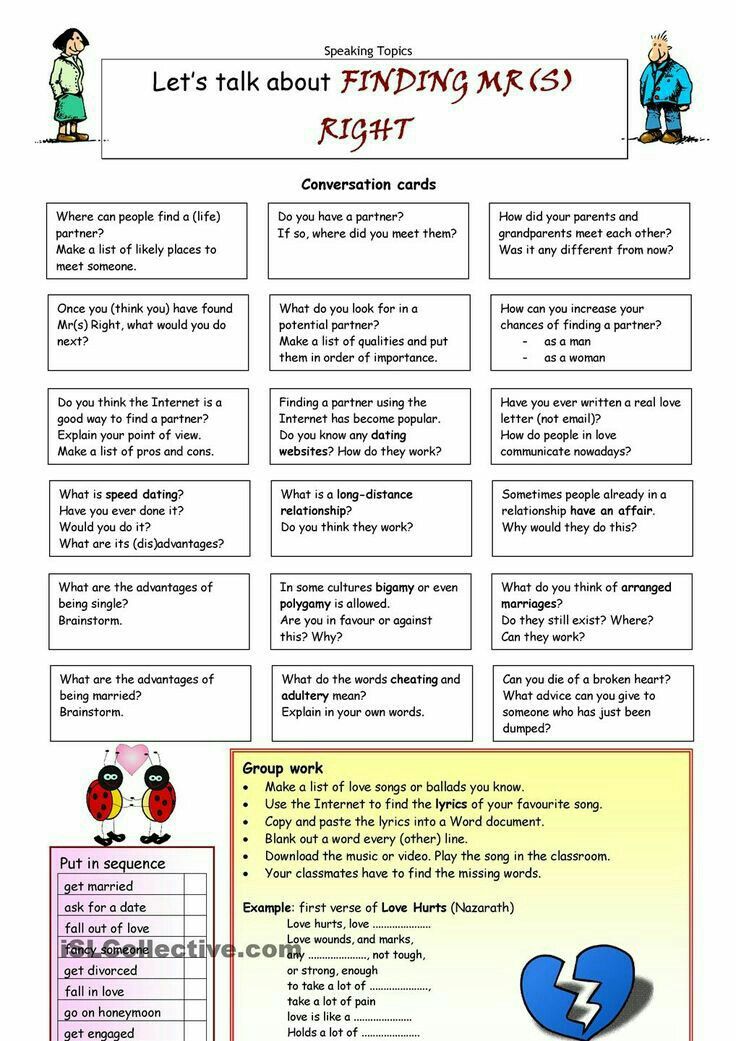
IDEA #17: Frayer Model
The Frayer Model is an oldie-but-goodie vocab activity model in which student work in multiple ways in a specifically laid out graphic organizer to engage with words.
This is such a must-know that I wrote a (very lengthy and detailed) plan for how to use it at VocabularyLuau.
It includes downloads and printables and digital versions, as well as exactly how (and why) to use this strategy.
If you are not familiar with it, please do yourself a solid and read more.
IDEA #18: Tweet
Have students create a “tweet” that a word would send out or with the word in the tweet in context.
You can use a tool like PrankmeNot or Siminator to make it look real.
This strategy is so fun and so useful!
I’ve written about five different ways to do this (with examples) on VocabularyLuau, and I even have this free template for you there:
IDEA #19: Brain Power Words
This is a strong academic vocabulary activity that takes a little bit of time, but would really help get the words past the superficial level of understanding.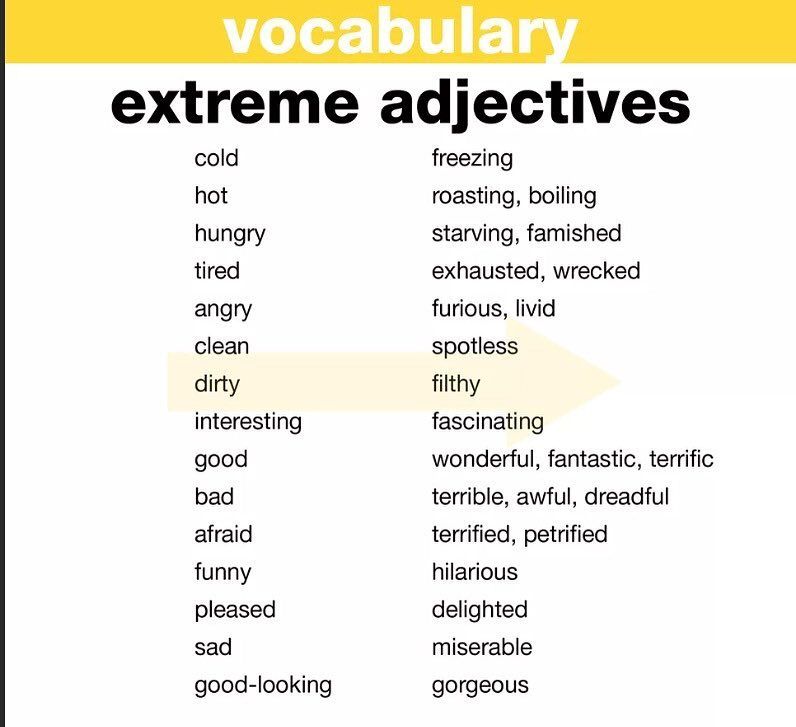
- Ask small groups of students to preview sections of a text and identify difficult words.
- For long chapters, assign different sections to different groups.
- Students place a Post-it next to the words in the text they identify as potentially difficult.
- After identifying the words, the group goes back and uses context clues to hypothesize what the words might mean.
- Clues of substitution: A known word would make sense in the context and is probably a good definition.
- Clues of definition: The word is defined in the text (many textbooks do this).
- Clues of opposition: Words “not, unlike” etc. are excellent clues to what a word is not and thus help define the words.
- After the Brain Power Words list is identified and definitions sought, the students check their work with the teacher.
This strategy is from Becky McTague and Margaret Richek (it’s in the book Reading Success for Struggling Adolescent Learners by Susan Lenski and Jill Lewis).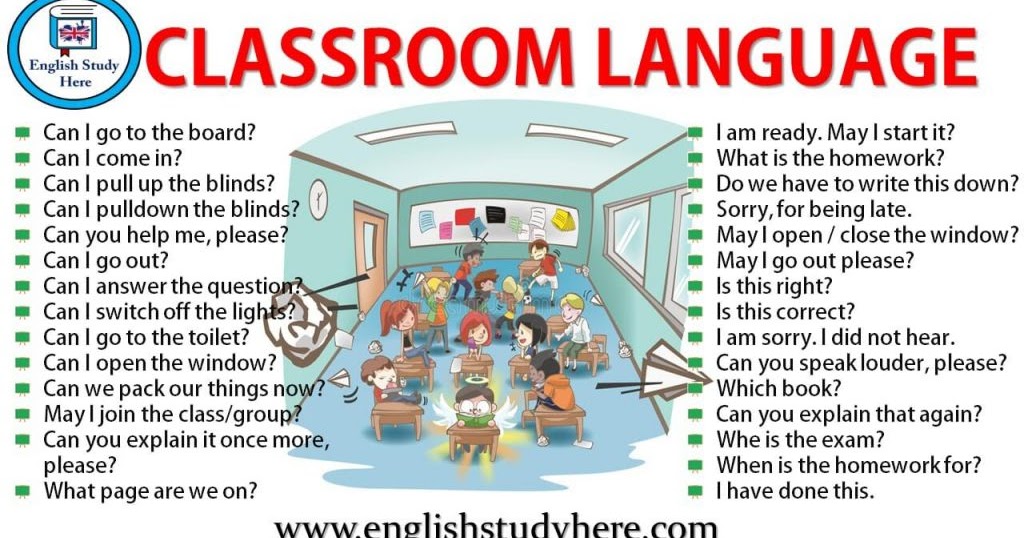
IDEA #20: The Concept Cube
A concept cube is a pattern that is printed on paper or cardstock, cut out, folded, and taped into a three-dimensional cube.
Students write, type, or draw on the pattern prior to assembling the cube, and then they “play” with the cube to explore concepts.
Depending upon the way you choose to use it, they can be similar to a three-dimensional Frayer model.
You can print out a blank cube and have students print the responses below, or complete it online and then print it out.
Before folding, students write clearly in each square following the directions below.
Each student is given one challenging vocabulary word from a recent reading and asked to:
- Write the assigned vocabulary word in one square.
- Write a synonym (word or phrase) in another square.
- Write an antonym (word or phrase) in another square.
- Write a category or categories it could belong to.
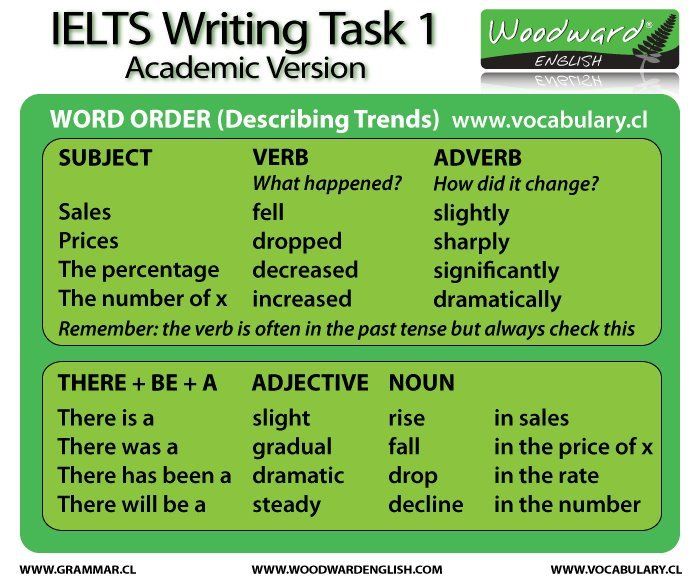
- Write the essential characteristics of the concept of this word.
- Give one example.
Cut, fold, and tape the cube.
Roll the cube and read what comes up on the “top”; the student must tell the relationship of that word or phrase to the original word.
After students know their own cube without any errors, they exchange with a peer.
You can get more ideas and details, as well as a free printable, at VocabularyLuau.
IDEA #21: Phone a Friend
Search TeacherspayTeachers or Teachers Notebook for vocabulary activities you can use or adapt.
The beauty of this is that you can search by grade level and subject, so you can focus on what you’re studying.
A caveat to this is that if you create something grade level or content specific, you can share it with other teachers, too.
The Importance of a Variety of Activities
You want to have a variety of activities so that vocabulary instruction doesn’t become routine or boring.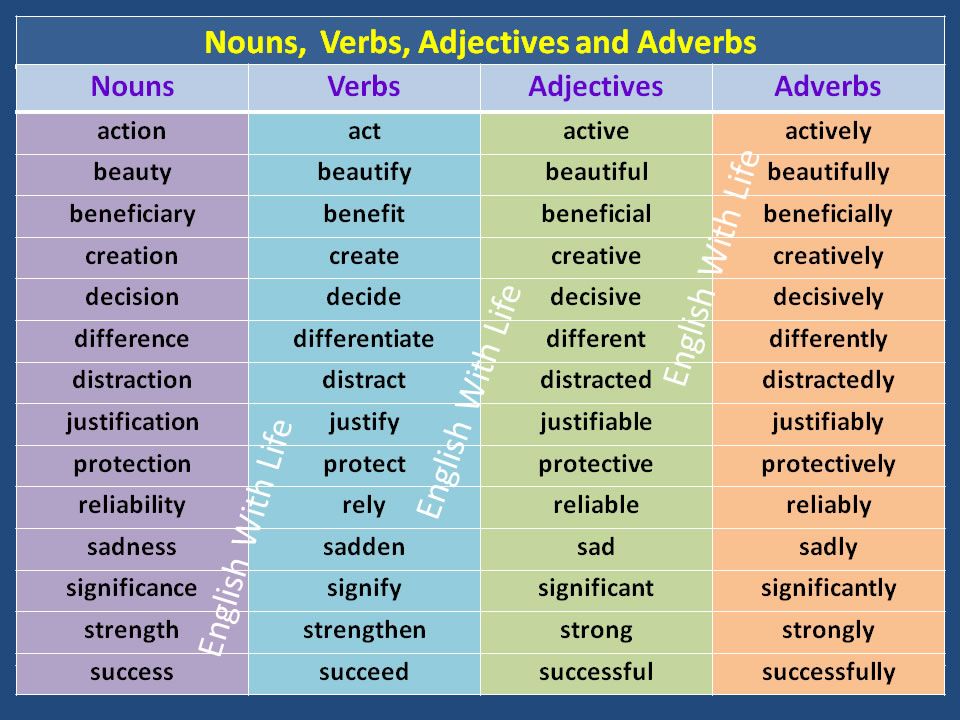
Keeping it fresh with lots of different ways of learning will help students (and the teacher) avoid getting burned out or tired of working with vocabulary.
There’s been so much interest in this that I created an entire website just for vocab ideas called VocabularyLuau.
These 21 activities for teaching vocabulary are just a start. I’d love to know your ideas!
The Vocabulary Series
This post is Part 3 of a four-part series on teaching vocabulary. If you would like to check out the rest of the series, visit the posts below
- Teaching Vocabulary: The books
- Theories & Techniques that work (and don’t)
- 21 Activities for Teaching Vocabulary (this one)
- Ideas for English Language Learners
There’s even a great book for teaching vocabulary!
These ideas work for all vocabulary words.
If your students need to learn vocabulary words and terms that are specific to your content (words like acute angle or latitude or simile or biome), have I got a book for you!
You know how I know it’s great? I wrote it! I wrote it for teachers just like you from the method I created in my own class with my own students and tested over and over.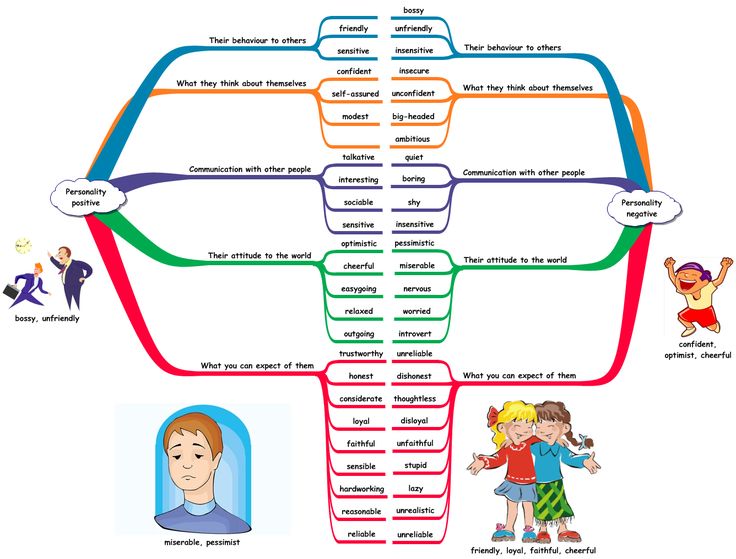
You can learn more about it by clicking on the picture of it, or you can read more and see loads of examples here.
If you already know you want it, you can grab a paperback version on Amazon.
Or, if you want a digital copy, you can use the coupon code GIFTEDGURU for 20% off you can…
Grab your copy
Do You Like Great Ideas?
If so, I share them in my email o’ goodness that goes out about once a month to thousands of people just like you.
You can sign up here (it’s free).
Note: This content uses referral links. Read my disclosure policy (it’s fascinating) for more info.
067: 10 Creative Ways to Teach Vocabulary
Vocabulary is something that’s often added to English classes as a bit of an afterthought. Something to get done randomly, in between all the other work. Alongside the lessons on grammar, literature, writing, speaking, debate, ethics, career studies, research skills, media literacy, love of reading, etc.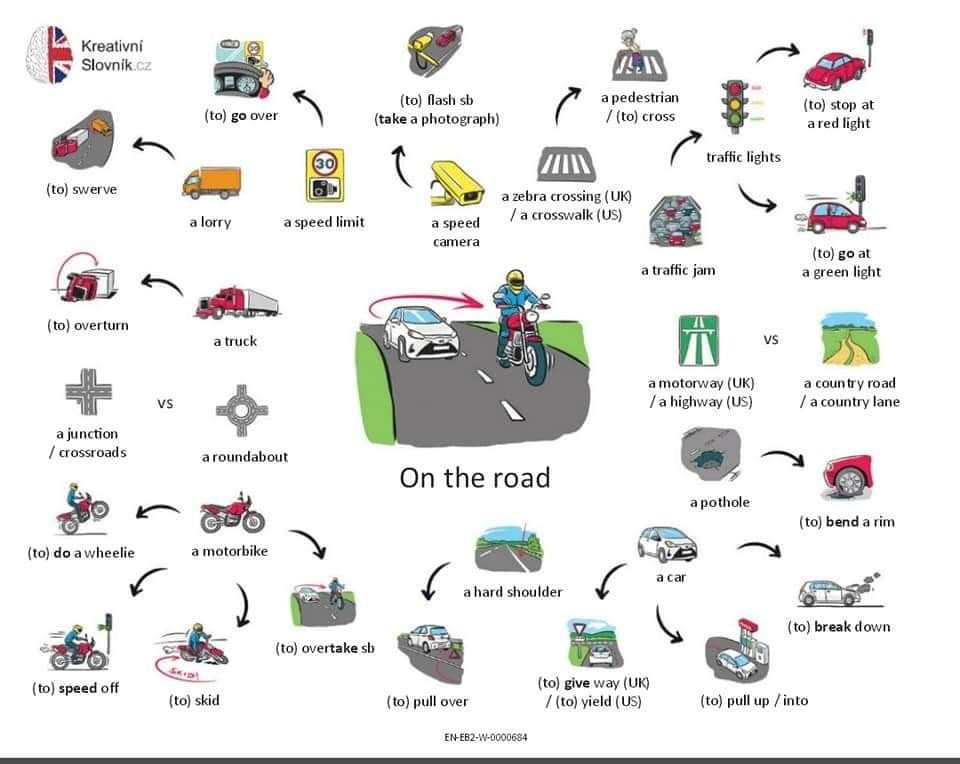 !
!
I like what Kelly Gallagher and Penny Kittle say in 180 Days about how you just have to choose what to focus on. You can’t do it all. (Also such good life advice, am I right?).
But often, vocabulary is a must. You’re handed a book to get through, or a list with a certain amount of SAT words that you need to cover each week.
When I first began teaching, I didn’t really know what to do with my vocabulary book. It had some great title like “Hot Words for the SAT” with little flames around the printed letters on the cover. Whoo hoo! Surely those flames meant it would be fun for my students!
So when I was planning my units, I scheduled in vocabulary quizzes for Fridays and “study for vocabulary quizzes” on Thursday nights. I know you’re impressed.
Since then, I’ve learned a few things. We can definitely do better than “study for vocabulary quizzes.” Not that I’m blaming twenty-two-year-old teacher me. There was a lot going on for her at work. I know you can relate.
But let’s dive into some other options, for those who have the time and energy to pursue them. In this post and podcast, I’m sharing ten ideas for making the study of vocabulary something students might even look forward to.
You can listen to the audio version below, or on iTunes, Blubrry, or Stitcher. Or, read on!
#1 Video Journals
You know how you sometimes stumble upon AMAZING Youtube videos and you just wish that somehow, someway they were applicable to your classroom? Like the video below, that I’m laughing so hard at again right now.
Well, vocabulary video journals are the perfect way to work them in. Each week, once your students have their vocabulary list, turn their attention to whatever video you’ve discovered that you think will be riveting for them (this Ukrainian sand painter and this guy dancing are two of my all-time favorites).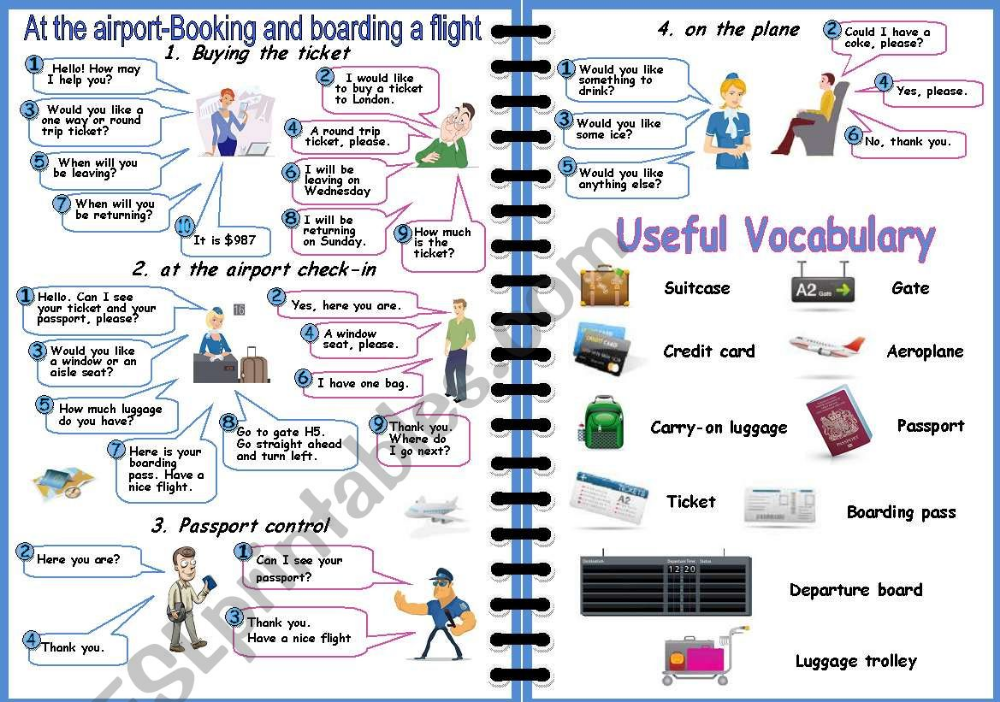
Play the video and then give them a short related prompt. So with the cat above, you might say “Write this cat’s internal monologue. Who is it sneaking up on? Or what is it planning? What happens after it jumps?”
Ask students to write in their journals (or notebooks, or iPads), using ALL THEIR VOCABULARY WORDS in their writing.
Will their writing be a little crazy? Perhaps not totally connected? At times, yes. But I have found that the videos are so engaging to them that they bring that positive energy into their vocabulary writing. After ten minutes they’ve at least considered and thought through the meaning of their words as they try to build them into their writing. Then have them trade notebooks and give each other a bit of feedback on whether they used the words correctly. There’s no need to collect or grade this writing, it’s just a fun way to start memorizing the words and their meanings.
I wrote up a formal set of lesson plans for this activity for Read Write Think, if you’d like some printable materials and more video links.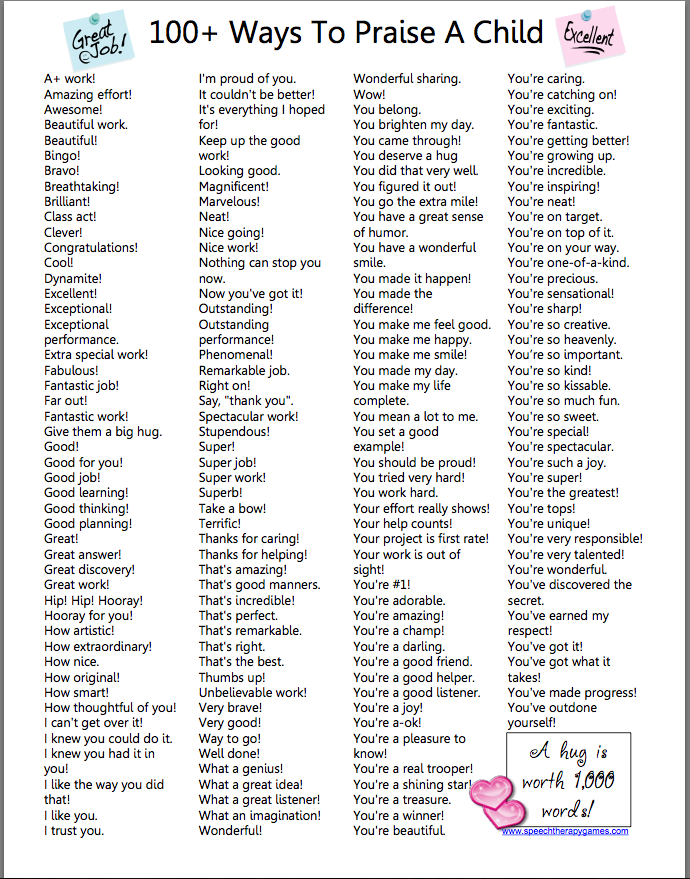
#2 Create a Meaningful Vocabulary Product
What if instead of approaching vocabulary as something they had to learn each week, they approached their words as something they needed to be able to teach others?
I’ve been fascinated by Jal Mehta and Sarah Fine’s book In Search of Deeper Learning lately – I’ll be sharing more on this later, and interviewing Sarah on the podcast. One of the chapters is about a project at one high school to explain advanced economics concepts in a student-friendly way.
The students created their own economics text. “A student-authored economic textbook – in which each spread features students defining an economic concept with a facing page illustrating that concept – was praised by President Clinton as one of the most lucid and incisive books on the subject that he had ever read” (49-50). You guys, I couldn’t love this idea more.
So how might you build it into your vocabulary instruction? Well, maybe your students create their own version of that economics textbook, with vocabulary words on one page and sketch notes or one-pagers explaining them on the connecting page.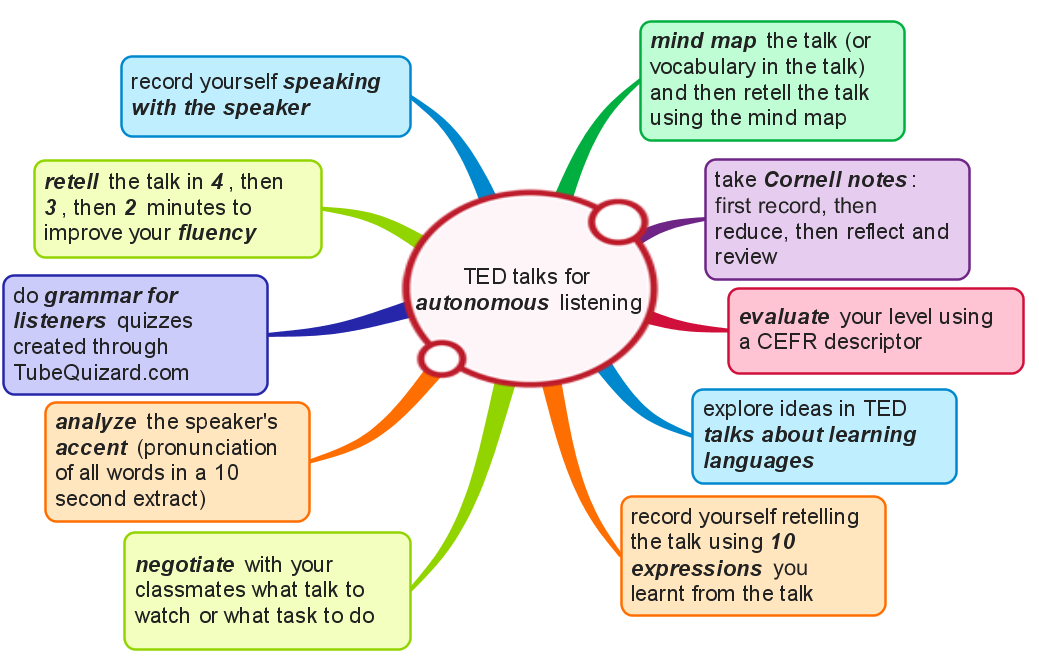 Or maybe they create a video channel for SAT-takers all over the world, posting new videos with new words every week of the year. Then you let them know that you can share their digitized book, or their channel, with a group of over 15,000 Creative High School English teachers. So basically if it’s good, it could be used by many, many students.
Or maybe they create a video channel for SAT-takers all over the world, posting new videos with new words every week of the year. Then you let them know that you can share their digitized book, or their channel, with a group of over 15,000 Creative High School English teachers. So basically if it’s good, it could be used by many, many students.
#3 Postcards
I’ve got a weakness for buying postcards, but I’ve turned it into a fun classroom tool. It’s easy to pick up cheap and unique postcards in thrift stores, boutiques, and of course, while traveling. If you can build up a small collection, they make a really fun vocabulary tool. You can invite students to contribute too.
My postcard collection (the tip of the iceberg)
Simply lay out your collection across the front of the room each week and let students choose a new postcard. Then give them a fairly general prompt to write on, using their vocabulary words, inspired by the postcard. For example, “Write the story of a conversation that just took place in the scene you’re looking at.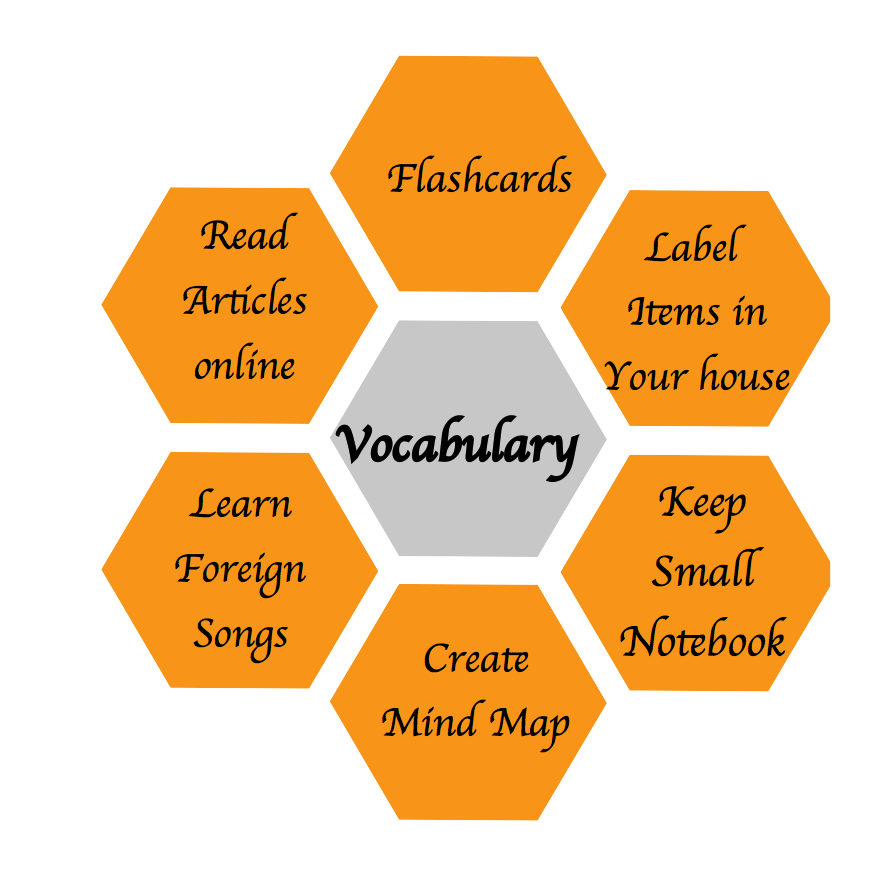 Try to include lots of descriptive details about the characters speaking, as well as all your vocabulary words.”
Try to include lots of descriptive details about the characters speaking, as well as all your vocabulary words.”
Write for a while, then, again, trade and let students read each other’s writing and give feedback on how they used the words.
#4 Word Wall Posters
Have you heard of a word wall? Basically you put vocabulary you’re studying up on your wall, in a visually striking, memorable way (if at all possible). When I’m doing these, I like to assign each student a word and have them create a regular paper-sized poster with their word on it along with complementary images, synonyms, the definition, etc. I like what my friend Melissa says about making sure word wall fonts are BIG so they can be read from across the room, and putting your word wall area up on the part of the wall students are most often facing.
You can choose to put the word wall posters up AFTER whatever vocabulary assessment you use, building a huge wall of posters throughout the year, or you can have them up all week and then take them down before the assessment.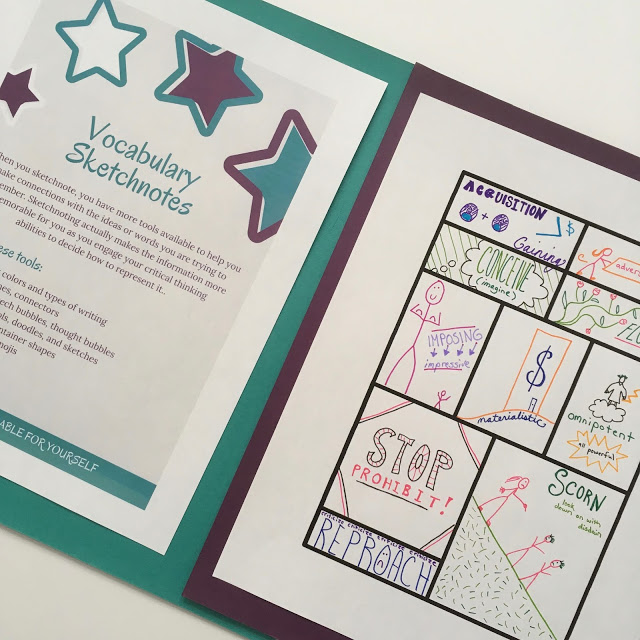 It probably goes without saying, but you won’t want them up during any vocabulary quizzes!
It probably goes without saying, but you won’t want them up during any vocabulary quizzes!
My own personal twist on the word wall concept is that I like to do a get-up-and-move activity with my students once they’ve created their posters. I divide the class in half, and have each half form a circle – one inside the other. Then they turn so they’re each facing a partner. I give everyone thirty seconds to present their word wall posters with their partners, then call for one of the circles to rotate. We repeat this until the circles have gone around. While they won’t see every word during this rapid-fire vocabulary stream, they see a lot, and it’s always fun. (By the way, I call this “rotating circles” and it’s good in lots of situations.)
#5 Vocabulary One-Pagers
Another great way to get students thinking carefully about their words is to have them create vocabulary one-pagers. If you’ve used one-pagers with novels, podcasts, films, or as a getting-to-know you activity, students already know the concept of connecting key imagery and words to distill concepts into a one-pager.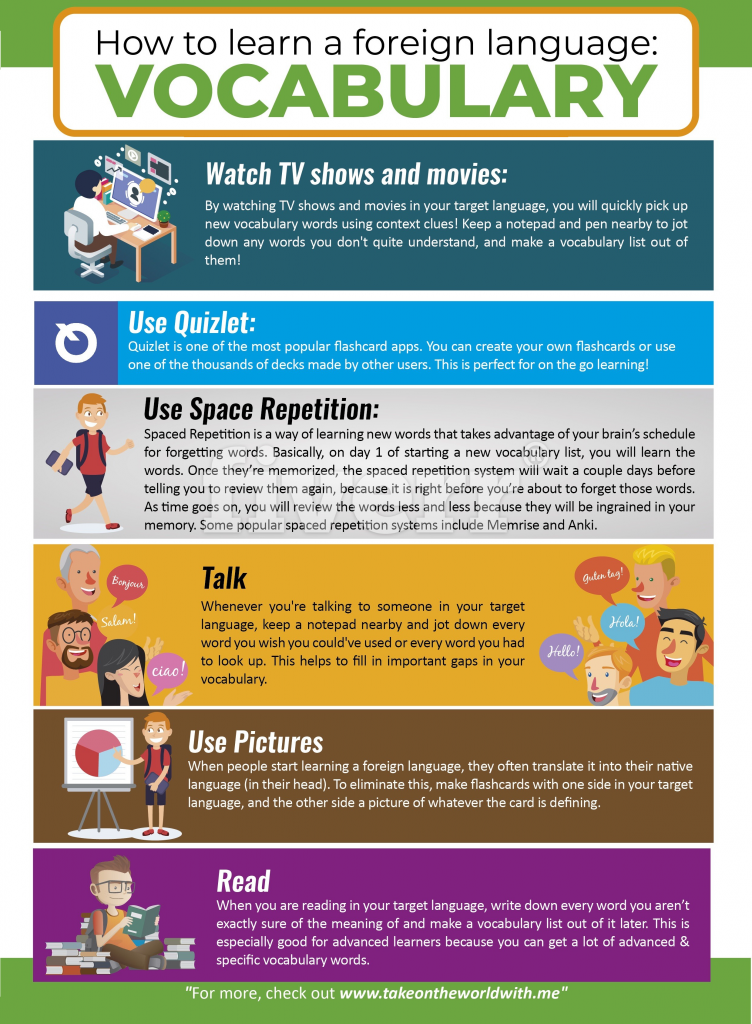 It’s easy to do it with vocabulary too, and it makes the words far more memorable to see them illustrated.
It’s easy to do it with vocabulary too, and it makes the words far more memorable to see them illustrated.
My vocabulary one-pager activity
#6 Vocabulary Review Games
By now, Kahoot and Quizlet are much loved tools for the teachers of a gamer generation. But have you ever tried Quizziz? I discovered this free tool through Jennifer Gonzalez’s info-rich Teacher’s Guide to Tech for 2019. You create quizzes students can play alone or live in your class. Then Quizziz grades them for you so you can see how everyone’s doing.
As a player, you see your ranking after each answer, and you also get a meme response to how you’re doing. I was entertained, and found myself scrambling for the right answers as the countdown timer showed my dwindling response time when I played another teacher’s vocabulary quiz. Here are some screenshots to give you an idea of what the platform is like.
The questions and answers are easy to read
Definitely had two questions wrong after the first handful.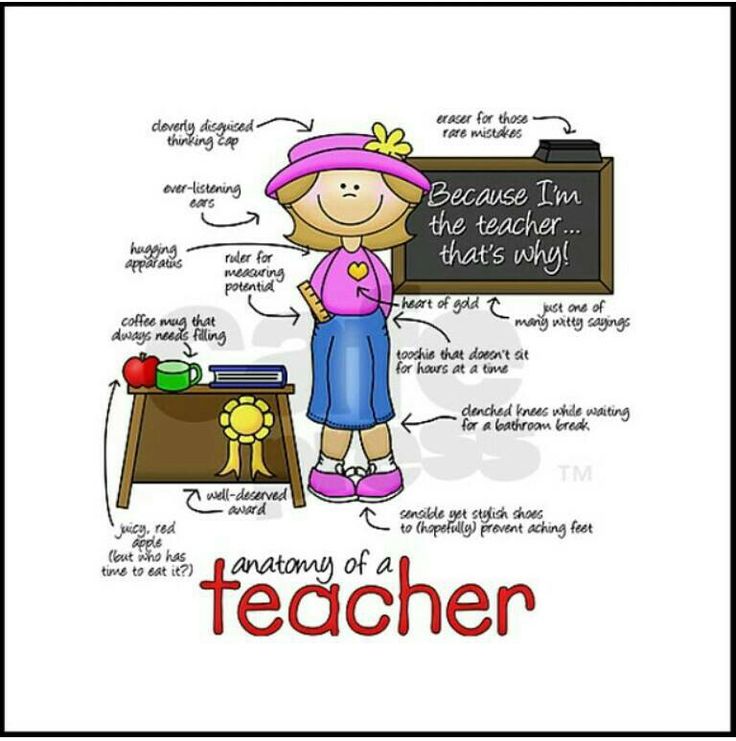 Despite my twenty years of schooling..
Despite my twenty years of schooling..
I salute you, “Sood da Dood.”
The meme responses to whether you get the question right or wrong crack me up.
#7 Vocabulary Tattoo Design
If you’re really struggling to get kids interested in the power of words, try an activity where you assign each student a word and ask them to create the tattoo image for someone who wanted this word as part of a tattoo. Ask them to brainstorm a backstory for why that word was so important to the person, and then come up with an image that connects the word, its meaning, and the backstory. Not easy! But perhaps outside-the-box enough to capture some interest. Then let everyone present back their tattoo designs.
#8 Post-It Stations
Stations are a great way for you to get your kids up and moving around. Try posting words around the room on the walls, then having students move from place to play and put up sentences using the words on post-its.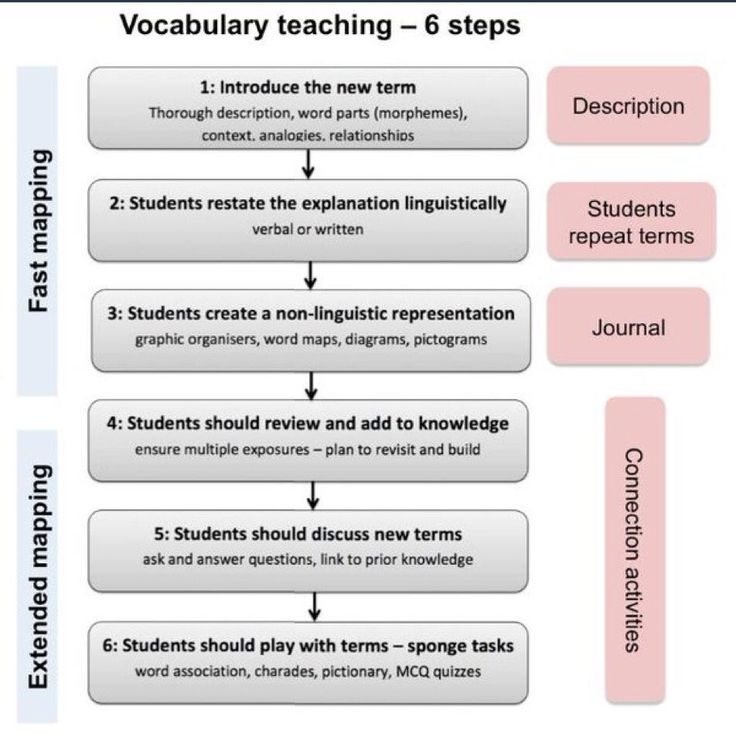 As they circulate, they’ll get to see lots of others’ sentences as well. You’ll want to circulate too, so you can lightly edit post-its that don’t quite get the definition right in their usage. Or you can give this job to a handful of students, making them a team of official editors.
As they circulate, they’ll get to see lots of others’ sentences as well. You’ll want to circulate too, so you can lightly edit post-its that don’t quite get the definition right in their usage. Or you can give this job to a handful of students, making them a team of official editors.
#9 Use your Makerspace
Have you fallen head over heels for Angela Stockman’s #makewriting concept with me? If so, perhaps you have maker elements like legos, clay, art materials, or other loose parts in your classroom. Why not create vocabulary maker challenges? Have student partners build a representation of their assigned word, then write on index cards or mini white boards how their made item represents the word. Proceed to gallery walk!
Fun, free printable poster from Delia Creates. I love it for an ELA Makerspace wall.
#10 Magic Spells
Like the tattoo activity, I think magic spell vocabulary has the potential to grab the attention of students who are really tapped out when it comes to studying vocab.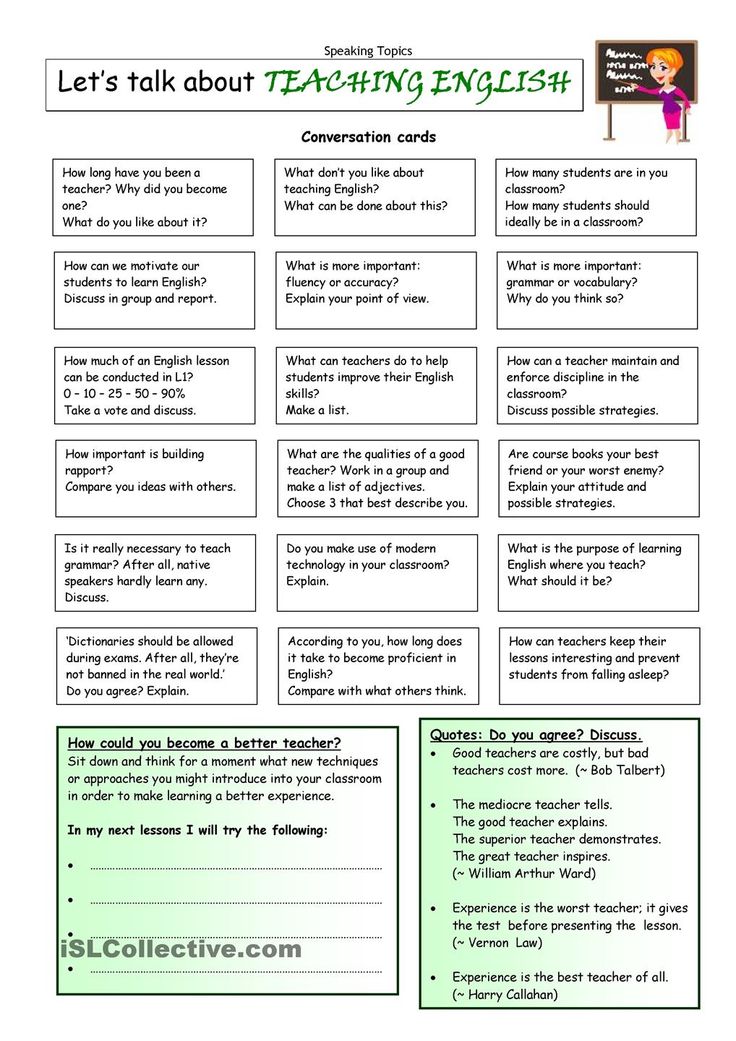
If your class loves Potter, try having them create magic spells that involve the words they’ve been assigned. Rowling does this with spells like “wingardium leviosa” (nice way to learn levitate) and “petrificus totalus” (you get the idea – petrify).
Have students go through their words and come up with a spell for each one, then explain what it does. You could even create a class vocabulary spell book, all working on it live together in class through Google Slides, then run through it at the end and choose your favorites together.
I hope these ideas help! I’d love for you to drop a comment below and let me know if you’re going to try some of them out.
how to expand your active vocabulary - T&P
Many articles have been written on how to increase your vocabulary. However, most of them have a noticeable drawback: they talk about enriching the vocabulary as a whole, without dividing it into active and passive vocabulary. Meanwhile, if we want to make our speech expressive and convincing, it is worth focusing on expanding only the active vocabulary and on transferring a certain layer of vocabulary from passive reserve to active use.
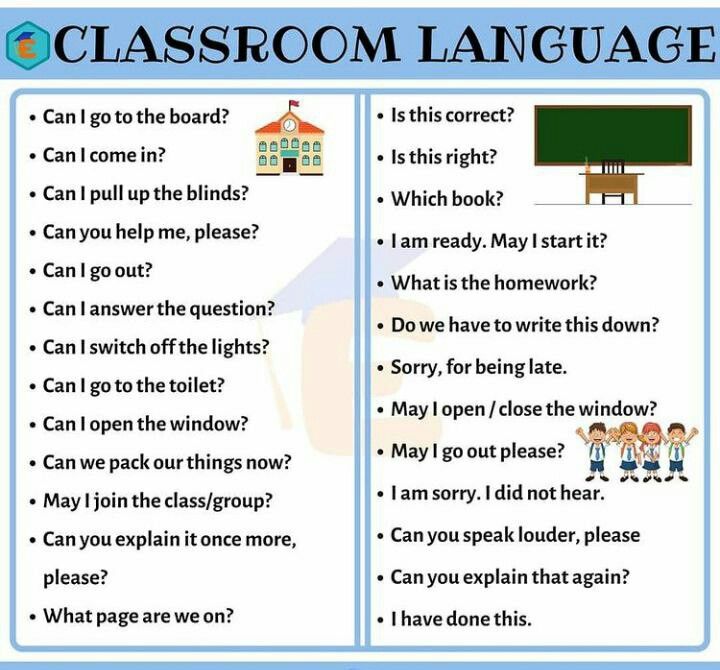 T&P talk about how to get the job done.
T&P talk about how to get the job done. A sign of education
The problem of expanding the active vocabulary arises more often when learning a foreign language than in the process of using one's native language. While talking in English, Italian or Chinese, we periodically find ourselves in a situation where we don’t know a specific word, we can’t find a synonym for it, and even in a roundabout way, through descriptions, comparisons and associations, we are not able to express a thought - which means we have to grab for a dictionary. It is easier with our native language: if the desired lexical unit does not come to mind, we will always find a way to get out by choosing a more or less exact equivalent for it.
We think about increasing the vocabulary within the native language if we need to impress the audience or want to impress the interlocutor with eloquence - that is, when emotions are connected to the matter. An extensive vocabulary is an indicator of education and helps to raise self-esteem, and for journalists, copywriters and translators, it is also a source of income. Strategically, mastery of words helps us express our thoughts, emotions and attitudes to life situations as accurately as possible and build effective communication.
Strategically, mastery of words helps us express our thoughts, emotions and attitudes to life situations as accurately as possible and build effective communication.
The traditional list of recommendations for expanding vocabulary is two or three clicks away from us and wanders from blog to blog, from year to year with minimal changes. This list has its own truth, but some of the advice already does not correlate well with the realities of today's life and with the modern way of thinking, communicating and gaining knowledge. And others seemed suspicious from the very beginning, but nevertheless continue to be presented as effective recipes. We will criticize typical tips later, but right now we will talk about something relevant.
Clear the territory
Before you begin to enrich your everyday vocabulary, you need to prepare a place in your mind and speech for new words - so to speak, clear the territory. Up until now, we've somehow expressed our thoughts with a limited vocabulary, haven't we? With its help, we communicated with people of different ages and professions, described the essence of the most unimaginable problems to technical support employees, passed sessions, had interviews, chatted with friends for hours .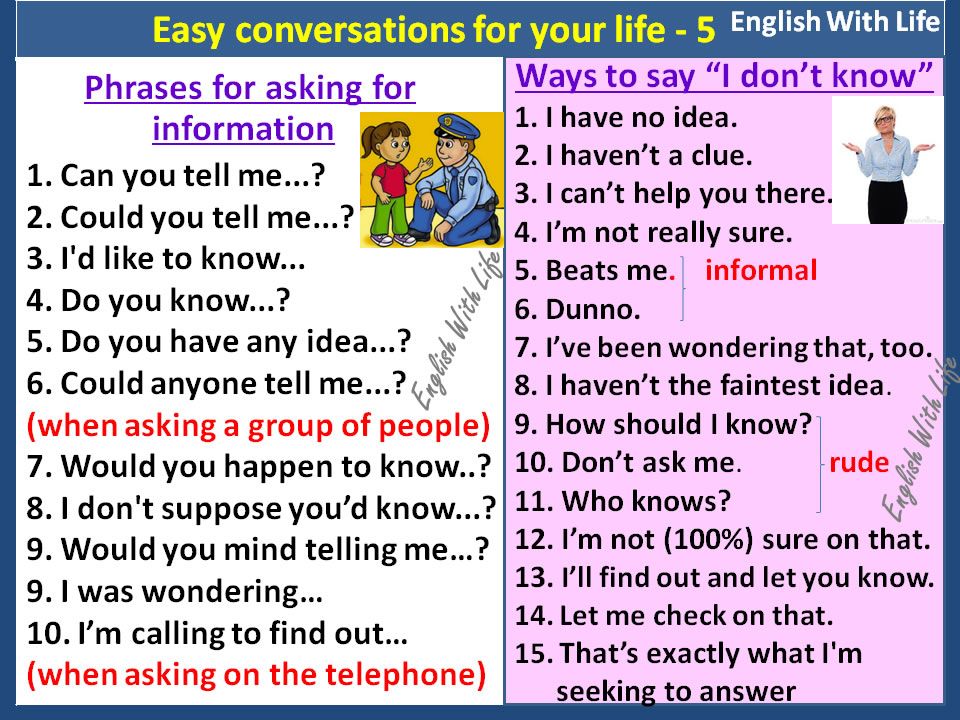 .. We succeeded in this thanks to a simple trick: when the right word was not found, its place in the sentence was of our favorite parasites. It is customary to consider such verbal weeds as “well”, “here” and “as if” to be parasites, but in our case, hundreds of chameleon words that can change meaning and connotation depending on the context should also be included in this class. For example, the expression "I'm in shock" in a given situation can be deciphered as "I am surprised / amazed / amazed / delighted / indignant / scared / stunned / exultant / indignant / do not understand / do not accept / enraged / hurt" and so on. Words like “thing”, “fuck”, “cool” are so capacious and universal that we can replace with them almost a third of a more highly specialized lexicon. The record holder for the ability to replace absolutely any lexical unit is, of course, the whole variety (or is it monotony?) of Russian swearing.
.. We succeeded in this thanks to a simple trick: when the right word was not found, its place in the sentence was of our favorite parasites. It is customary to consider such verbal weeds as “well”, “here” and “as if” to be parasites, but in our case, hundreds of chameleon words that can change meaning and connotation depending on the context should also be included in this class. For example, the expression "I'm in shock" in a given situation can be deciphered as "I am surprised / amazed / amazed / delighted / indignant / scared / stunned / exultant / indignant / do not understand / do not accept / enraged / hurt" and so on. Words like “thing”, “fuck”, “cool” are so capacious and universal that we can replace with them almost a third of a more highly specialized lexicon. The record holder for the ability to replace absolutely any lexical unit is, of course, the whole variety (or is it monotony?) of Russian swearing.
To feel how your active vocabulary increases every day, you need to force yourself to give up your favorite universal word substitutes and not be lazy each time to select the very noun or adjective that will most accurately convey thoughts and feelings.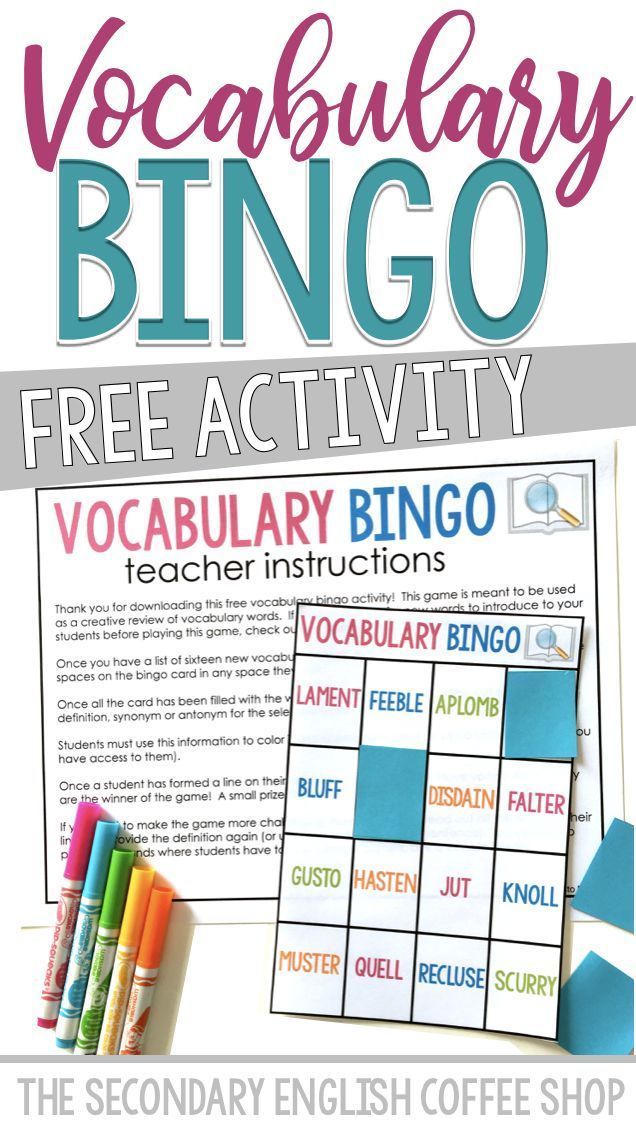 Identifying unwanted elements in speech is easier than it seems: just carefully reread your correspondence over the past week on WhatsApp, Facebook or any other messenger and make a list of the most frequently used words that you used to plug semantic holes. Hand the list to a friend or colleague and ask them to pull you up and make a note on a notepad every time a parasitic word slips into your speech or writing. For every 50 notes, you can treat a friend to dinner, or give him a bottle of champagne, or wash his car - without hard motivation, backed up by economic or labor sanctions, it will be difficult to part with your favorite hackneyed buzzwords. It is likely that when you learn to slow down every time you try to say “crap” or “cute”, memory itself will begin to throw up meaningful literary synonyms from the passive dictionary.
Identifying unwanted elements in speech is easier than it seems: just carefully reread your correspondence over the past week on WhatsApp, Facebook or any other messenger and make a list of the most frequently used words that you used to plug semantic holes. Hand the list to a friend or colleague and ask them to pull you up and make a note on a notepad every time a parasitic word slips into your speech or writing. For every 50 notes, you can treat a friend to dinner, or give him a bottle of champagne, or wash his car - without hard motivation, backed up by economic or labor sanctions, it will be difficult to part with your favorite hackneyed buzzwords. It is likely that when you learn to slow down every time you try to say “crap” or “cute”, memory itself will begin to throw up meaningful literary synonyms from the passive dictionary.
Remember synonyms
Make it a habit to write posts on social media for 10 minutes three times a day. In the morning, afternoon and evening, give out a miniature study on any interesting topic, carefully thinking through each phrase and trying to screw in as many strange words as possible.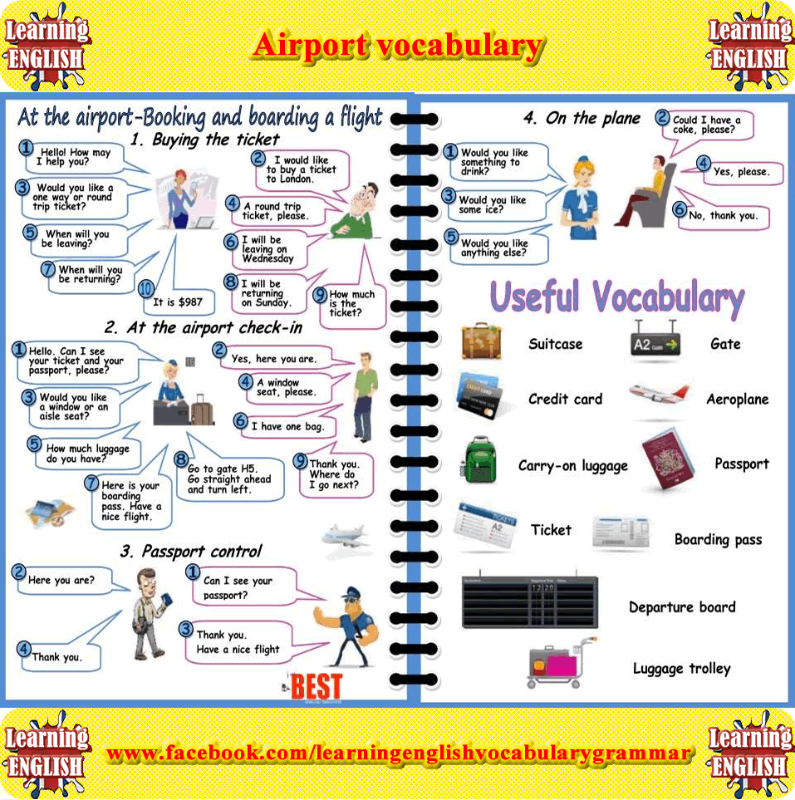 The goal is for friends to suspect that your account has been hacked and that you are not writing this, because the style and syllable are completely unrecognizable. Reread your previous posts regularly and try to avoid repetition of both lexical units and grammatical constructions. If you're pissed off by moral exhibitionists posting their breakfasts and mood swings, change your privacy settings and make these posts visible only to you. As an alternative, of course, you can get a paper notebook or a Word file and write sketches there - but we are sitting on social networks anyway, and you still need to find the file in the folder and open it, which will never be enough time.
The goal is for friends to suspect that your account has been hacked and that you are not writing this, because the style and syllable are completely unrecognizable. Reread your previous posts regularly and try to avoid repetition of both lexical units and grammatical constructions. If you're pissed off by moral exhibitionists posting their breakfasts and mood swings, change your privacy settings and make these posts visible only to you. As an alternative, of course, you can get a paper notebook or a Word file and write sketches there - but we are sitting on social networks anyway, and you still need to find the file in the folder and open it, which will never be enough time.
Keeping a synonym book or writing words on flashcards is one of the most popular classic tips for expanding your vocabulary. The big disadvantage of this method is that it is most effective to learn words not separately, but in context and in relation to a specific topic - it is not in vain that in foreign language textbooks each lesson is built around a specific topic.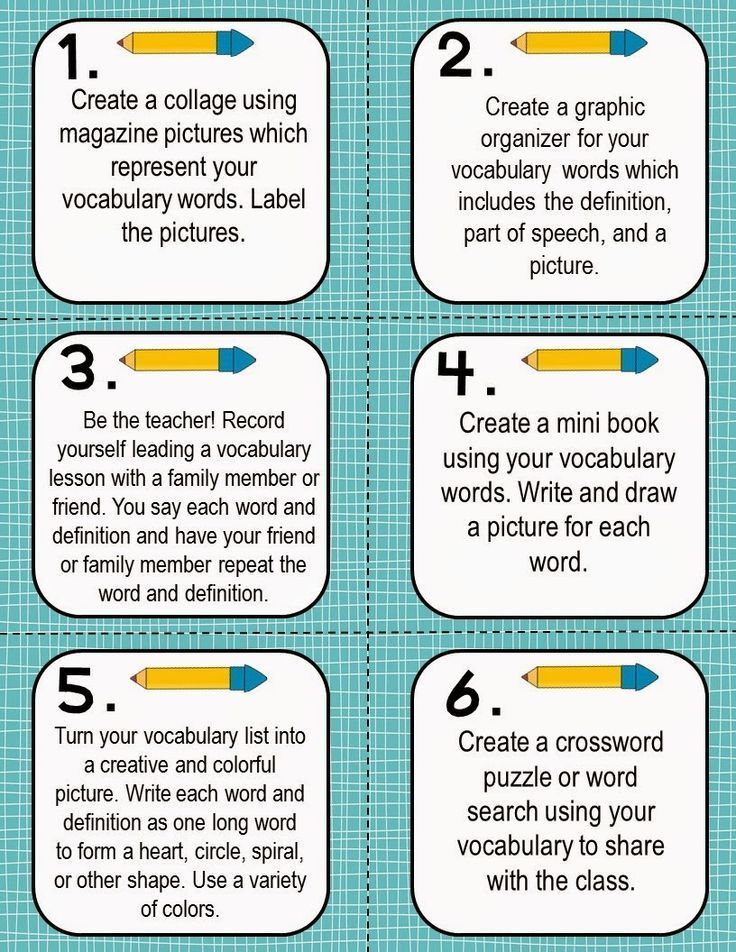 If you like using notepads and cards (whether paper or electronic), it will be more useful not just to memorize words one by one, but to invent phrases with them and visualize different dialogue situations.
If you like using notepads and cards (whether paper or electronic), it will be more useful not just to memorize words one by one, but to invent phrases with them and visualize different dialogue situations.
The common advice to always keep a dictionary close at hand and look into it often seems a bit dubious. In itself, this is a wonderful idea, only now it is aimed at expanding the passive, not the active vocabulary. Having opened an arbitrary page of the explanatory dictionary, we will make sure that we have long known most of the words given there, and those whose meanings are not familiar to us, we probably simply do not need. So we keep the dictionary nearby, but we do not place special hopes on it.
How to read books
It is quite obvious that to enrich the vocabulary it is useful to read a lot - just what and how exactly should one read? For our generation, the reference, most likely, will be the speech of the mid-twentieth century, which, on the one hand, is close to modern in many ways, and on the other, has not yet had time to absorb the barbarisms and jargon that came in the perestroika era.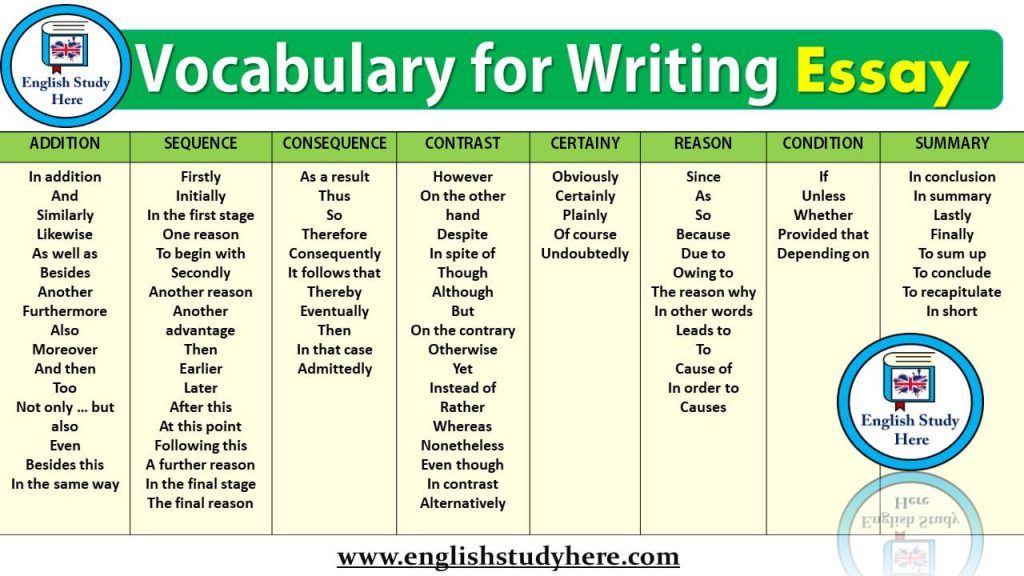 Having picked up a work of art, we, as a rule, quickly get carried away by the plot, stop paying attention to the vocabulary, and the linguistic richness of the novel safely passes all our radars. To avoid this, you can use a psychological trick and read memoirs, autobiographies or any other books written in the first person. If you read them slowly and thoughtfully, and ideally also aloud, ready-made phrases will settle in your memory that we can use when talking about ourselves. True, it is necessary to retrieve these phrases from memory as soon as possible so that they do not go into the mire of a passive dictionary.
Having picked up a work of art, we, as a rule, quickly get carried away by the plot, stop paying attention to the vocabulary, and the linguistic richness of the novel safely passes all our radars. To avoid this, you can use a psychological trick and read memoirs, autobiographies or any other books written in the first person. If you read them slowly and thoughtfully, and ideally also aloud, ready-made phrases will settle in your memory that we can use when talking about ourselves. True, it is necessary to retrieve these phrases from memory as soon as possible so that they do not go into the mire of a passive dictionary.
Reading and memorizing verses is doubly useful - not only vocabulary is assimilated, but also syntax. Despite the fact that in Russian the word order in a sentence is quite free, we do not like to use this freedom to the full (which is quite rational from the point of view of saving mental effort). Each of us has our favorite syntactic constructions that limit our lexical range - accordingly, if we want to expand this range, we must be creative in constructing phrases.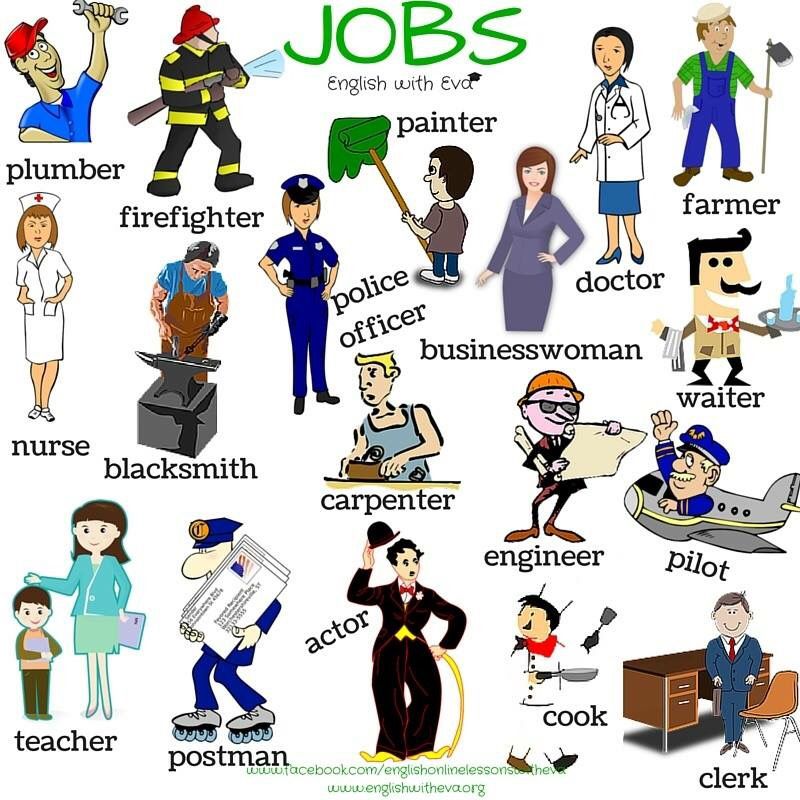 For example, if we are accustomed to using impersonal sentences like “I want”, the synonymous series will be predictably narrow: “I dream / I want / I need / I need”. But one has only to express the same thought with the help of the subject and the predicate, "I want", as the space for maneuver expands: "I demand / I desire / I insist / I need" and so on. When you write sketches, boldly juggle the word order, reshape the syntax, insert participial and participial phrases more often - this is a good incentive to activate passive vocabulary.
For example, if we are accustomed to using impersonal sentences like “I want”, the synonymous series will be predictably narrow: “I dream / I want / I need / I need”. But one has only to express the same thought with the help of the subject and the predicate, "I want", as the space for maneuver expands: "I demand / I desire / I insist / I need" and so on. When you write sketches, boldly juggle the word order, reshape the syntax, insert participial and participial phrases more often - this is a good incentive to activate passive vocabulary.
Finally, the most important thing. Do not treat vocabulary replenishment as a responsible multi-step task for which you should set aside time and gather your courage. This is not rhythmic gymnastics or neurosurgery, where you have to spend many years and efforts to achieve a result. The inclusion of new words in speech is an extremely natural process, starting at a very early age, continuing until the end of life and, frankly, not at all complicated.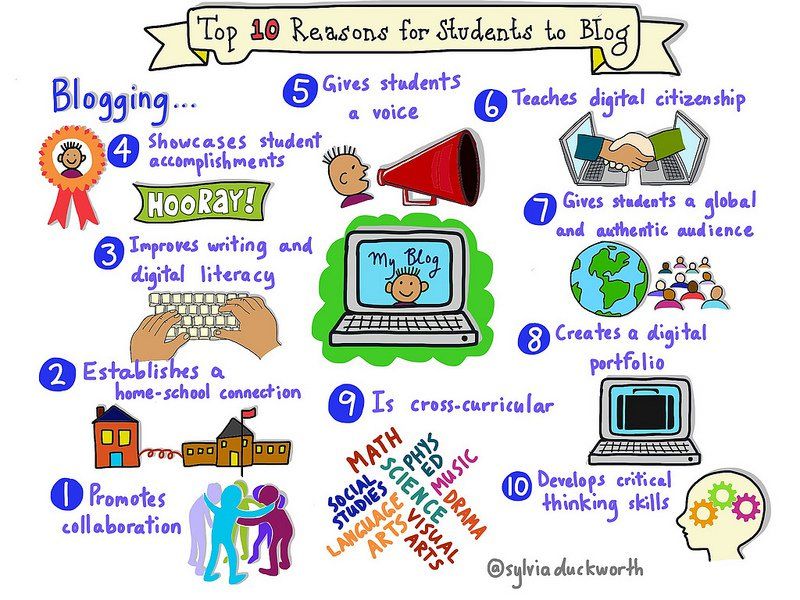
Icons: 1) Berkay Sargın, 2) Thomas Le Bas, 3) Kelig Le Luron, 4) Iris Vidal.
7 Proven Techniques for Introducing New Vocabulary in Younger Classes
Five Senses Graphic Organizer
Children learn the meaning of new words in their native language naturally through everyday life. In a foreign language, when the time of its study is limited by a lesson, our task is to bring the process of mastering new vocabulary as close as possible to the natural way of cognition, and here we need to show creativity.
It is known that the mere pronunciation of a word, its definition and repetition, and even adding this word to the "wall of words" in the classroom does not often bring the desired result. Research Says Kids Need to Meet New Words
15-20 times before it is remembered and the child can use the word in the correct context. There are 7 vocabulary building tips for working with younger children where we can do it in a humorous and multi-sensory way by engaging the senses (touch, hearing, sight, smell and taste) - this is the starting point!
1.
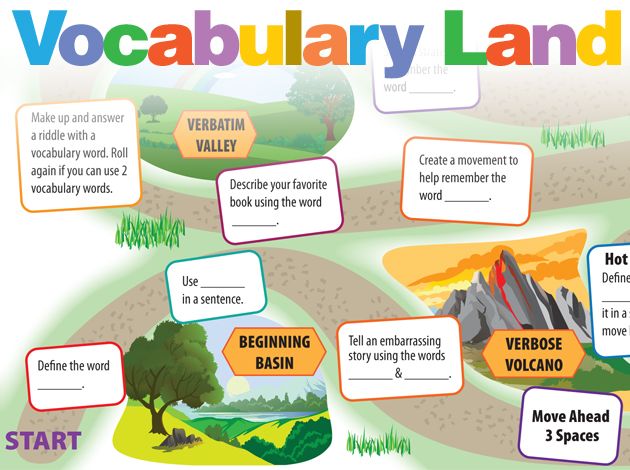 Use a Magic Box/Magic Bag
Use a Magic Box/Magic Bag Choose and put items in the box that will help visualize the word, this will bring an element of anticipation and surprise. For example - pull out a shaggy hat (hairy hat). You might say: What’s a word that I could use to describe this hat? /What word can I use to describe this hat?
2. Use your body
If you choose a word that students can portray, be sure to ask them about this. For example, words denoting emotions (sad, happy, angry, worried) - ask the children to portray, feel these words with their body. Or maybe it's a word they can feel tactile, like the word "rough". You can take off your shoes and feel rough stones under your feet, for example.
3. Apply!
Once the students have understood and memorized the word, ask them to come up with their own simple sentence with this word.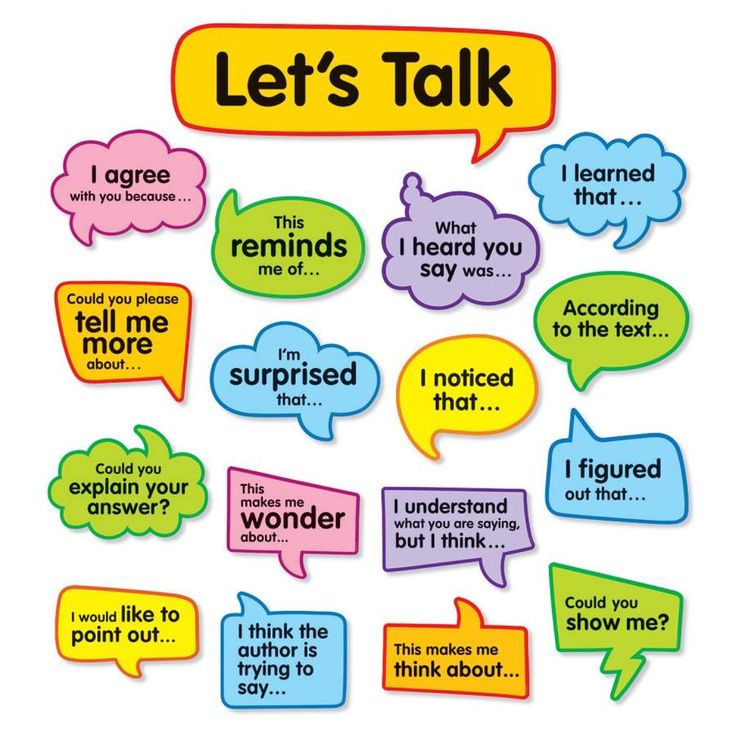 Here, children can become fantasized, usually they do not have enough foreign words to express the invented sentence, they will start asking you for more new words.
Here, children can become fantasized, usually they do not have enough foreign words to express the invented sentence, they will start asking you for more new words.
4. Find a word for books
Strengthening new vocabulary through children's literature is another way to further expand students' knowledge of a word in a different context.
Make a list of 10 new words that you will look up in books. Prepare books with these words and start searching with the students, and then ask the students to independently find more books that contain the words you have chosen.
Journal pages can also be used. And for more involvement, call the game Word Detective, and look for words using a magnifying glass.
5. Get creative
Have the children draw a picture that will explain the word to someone else.
6. Create a Multisensory Board
It is very important that you review the words you have learned regularly and that the children are actively involved in this.